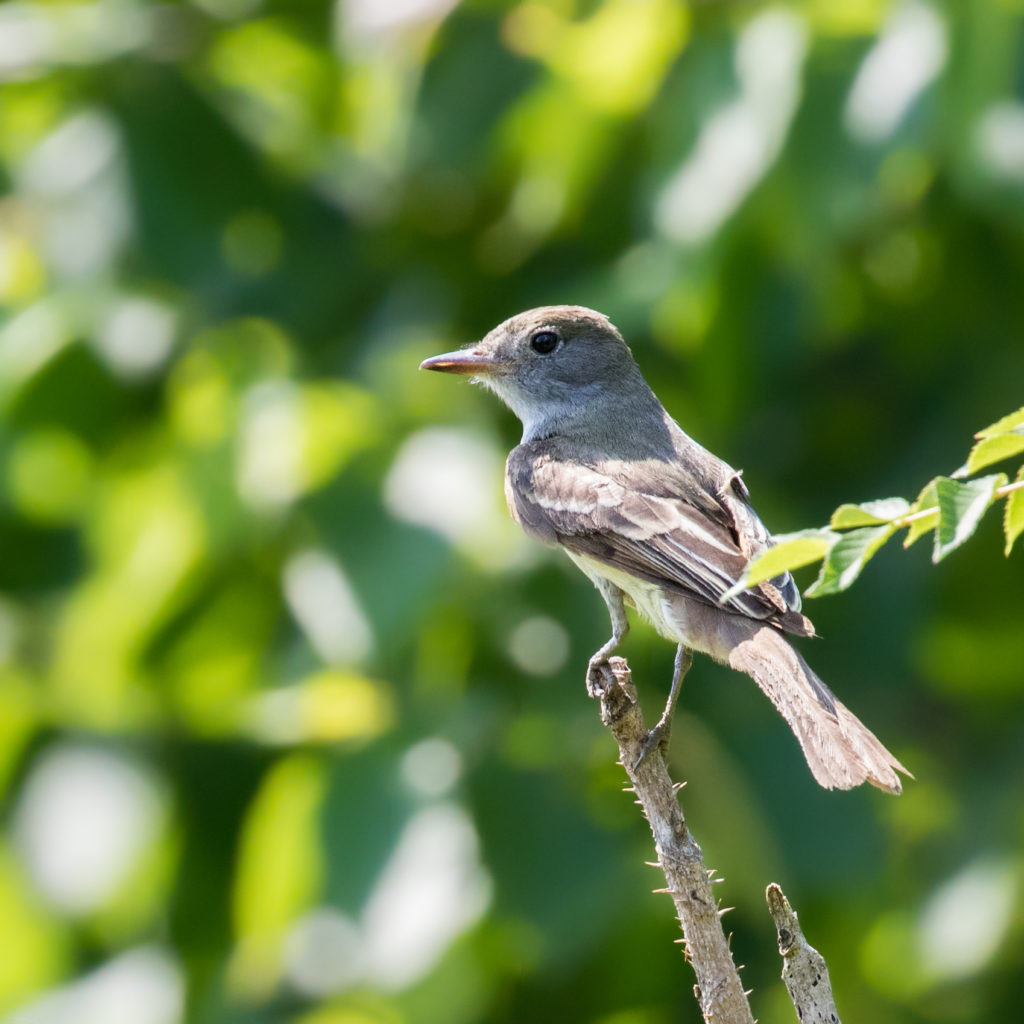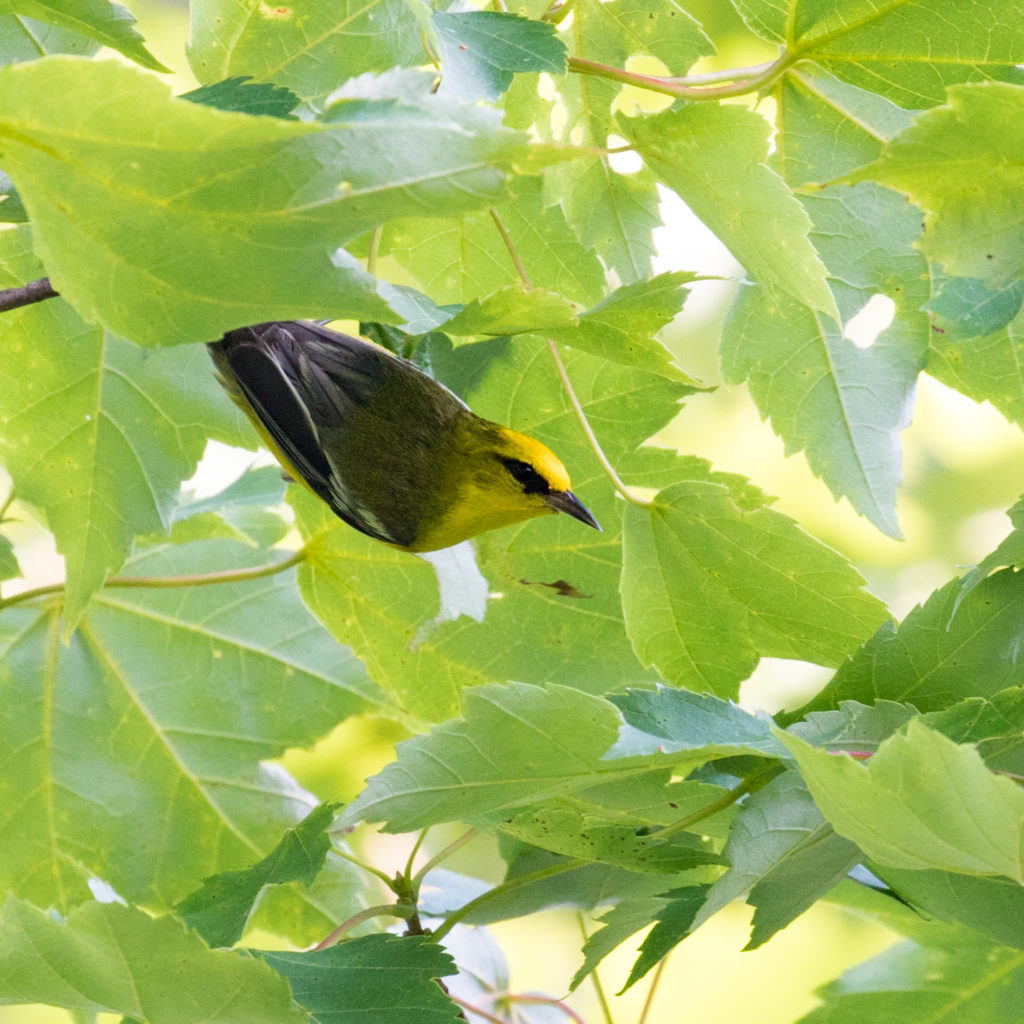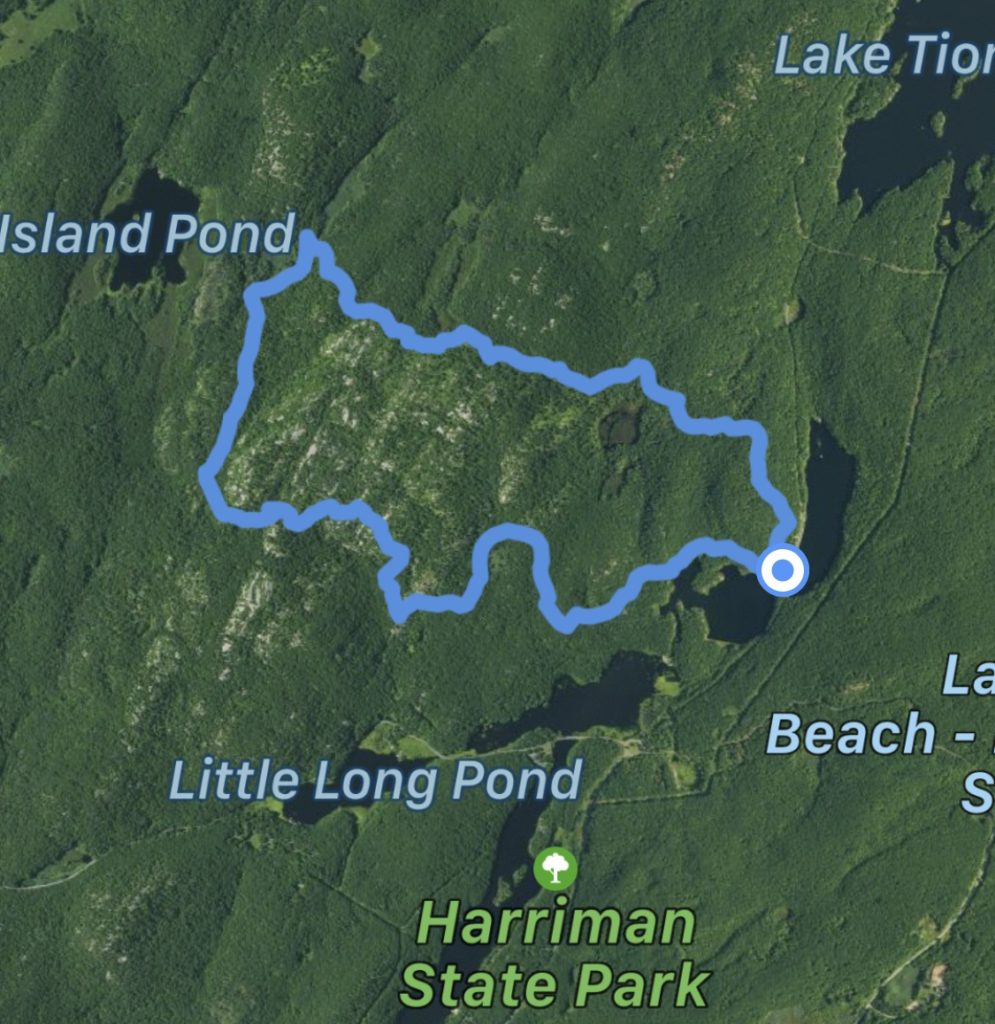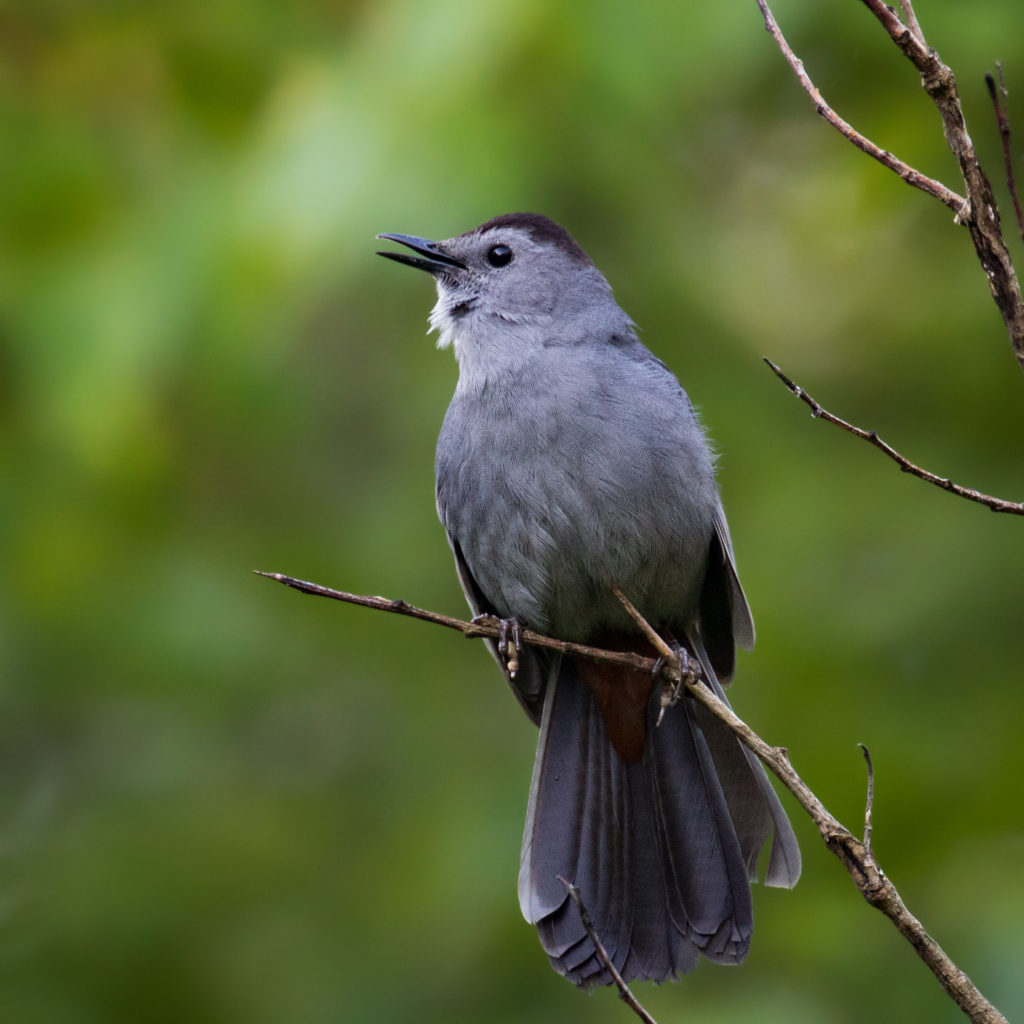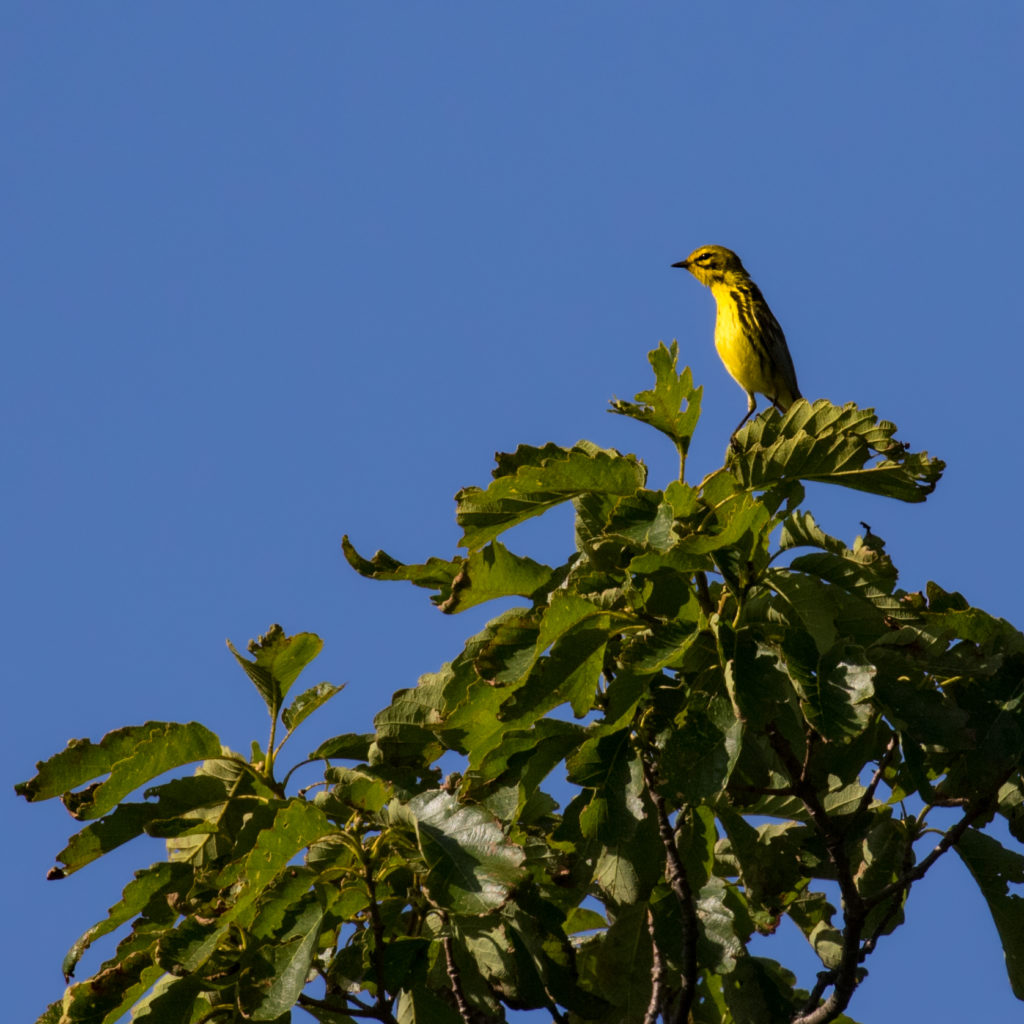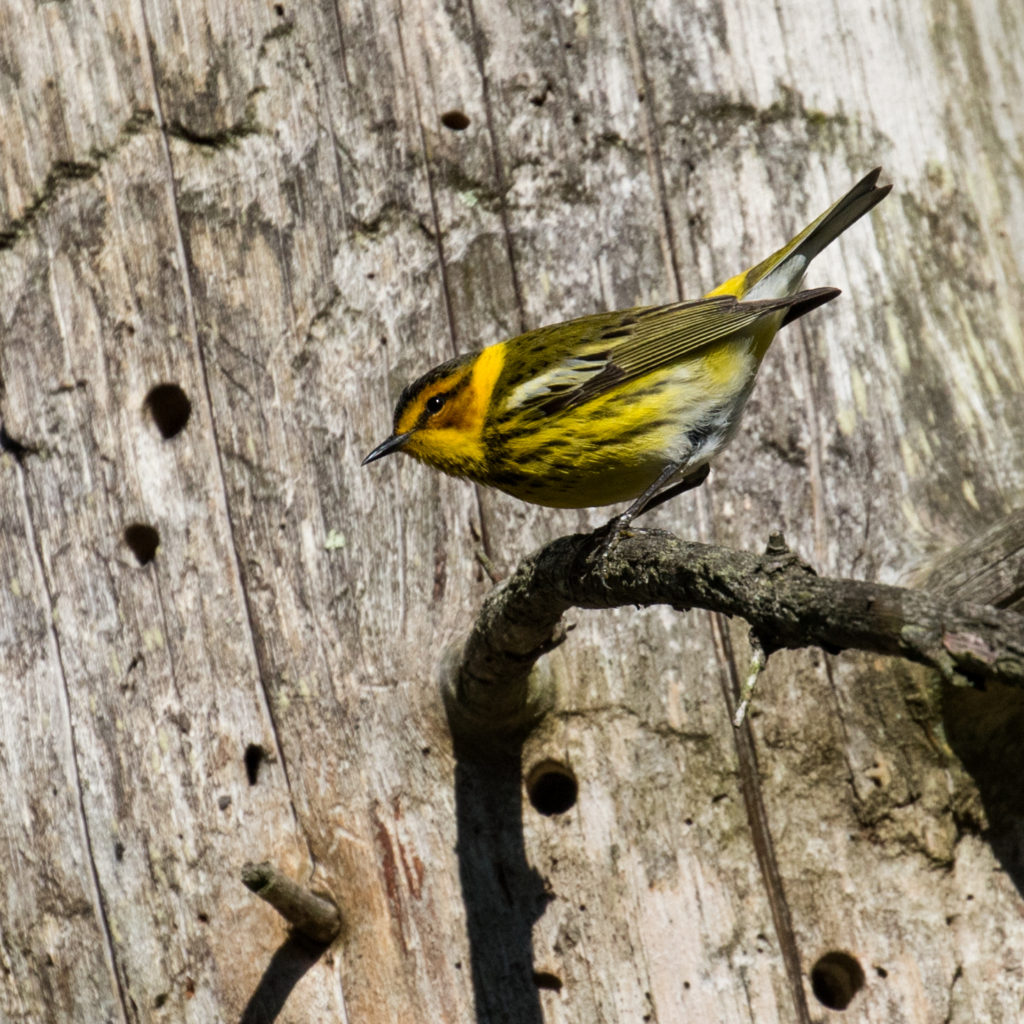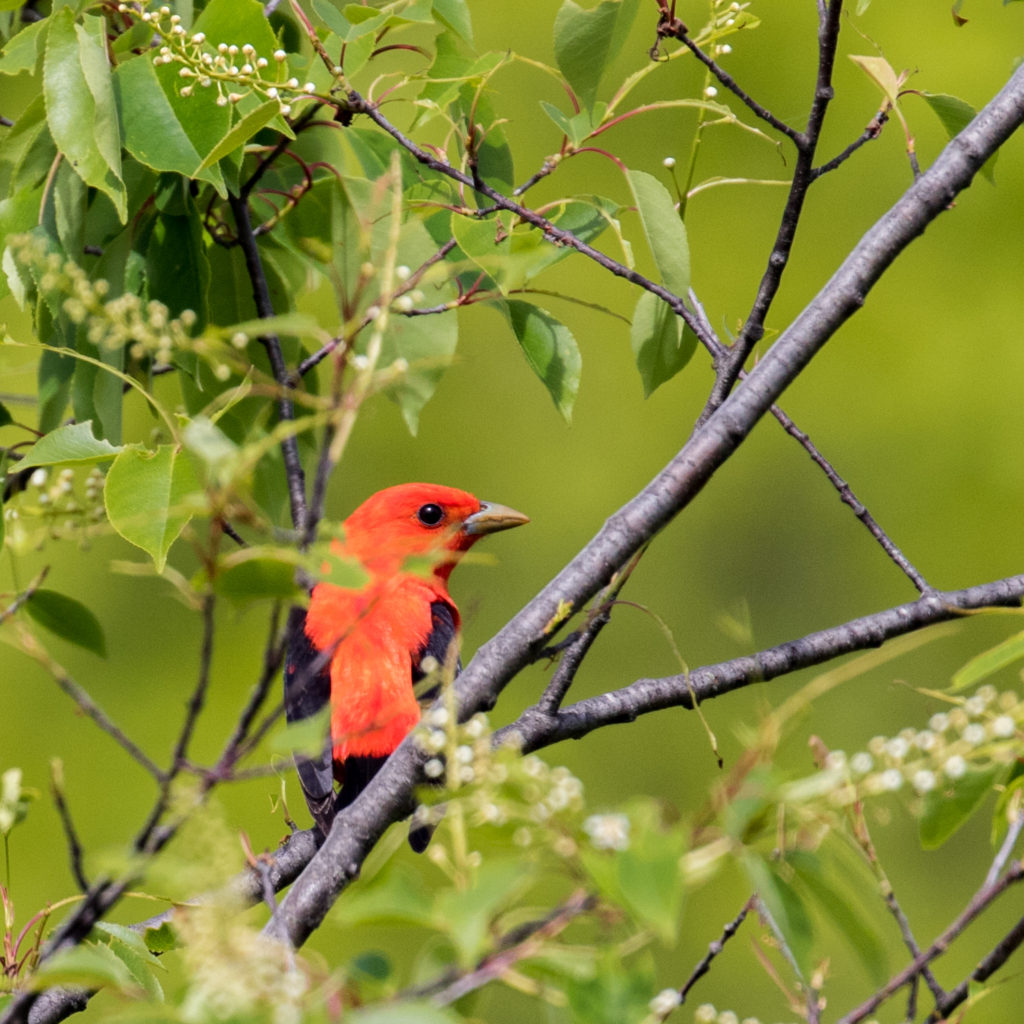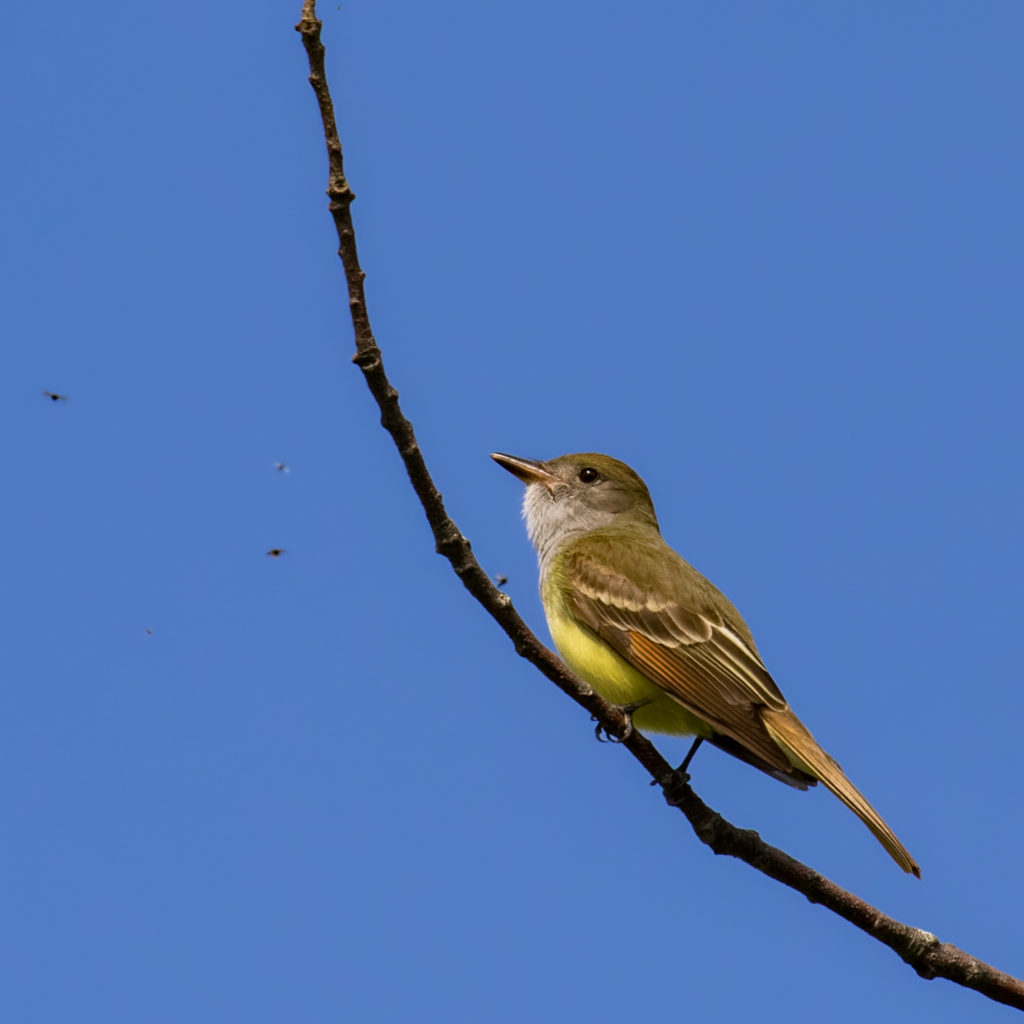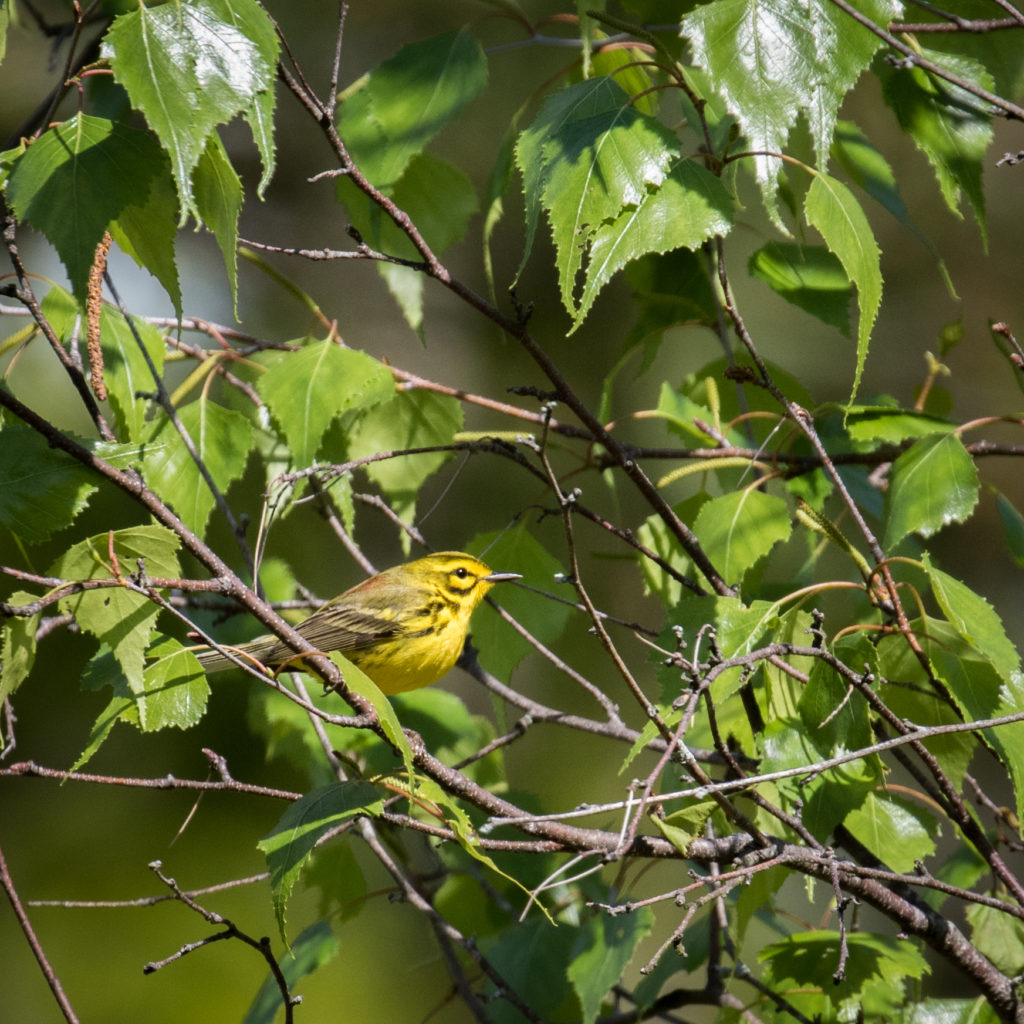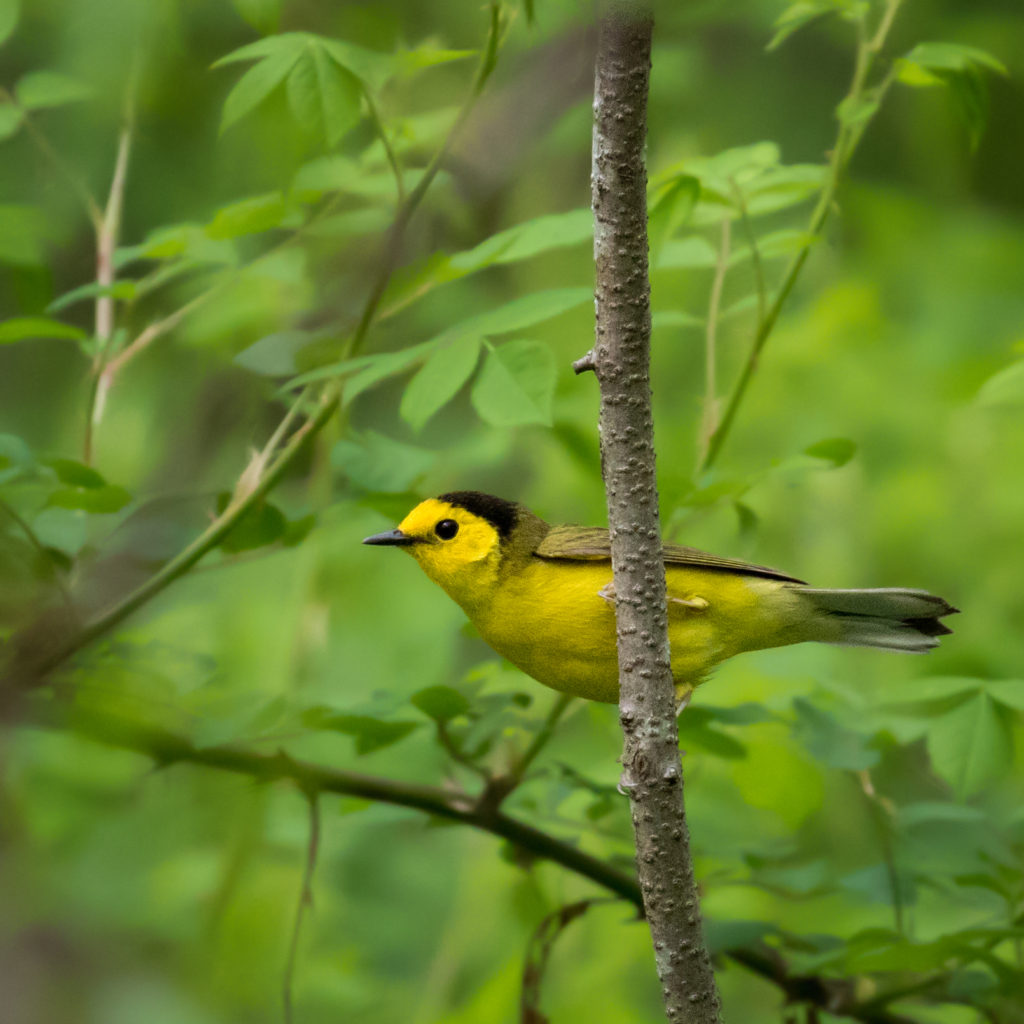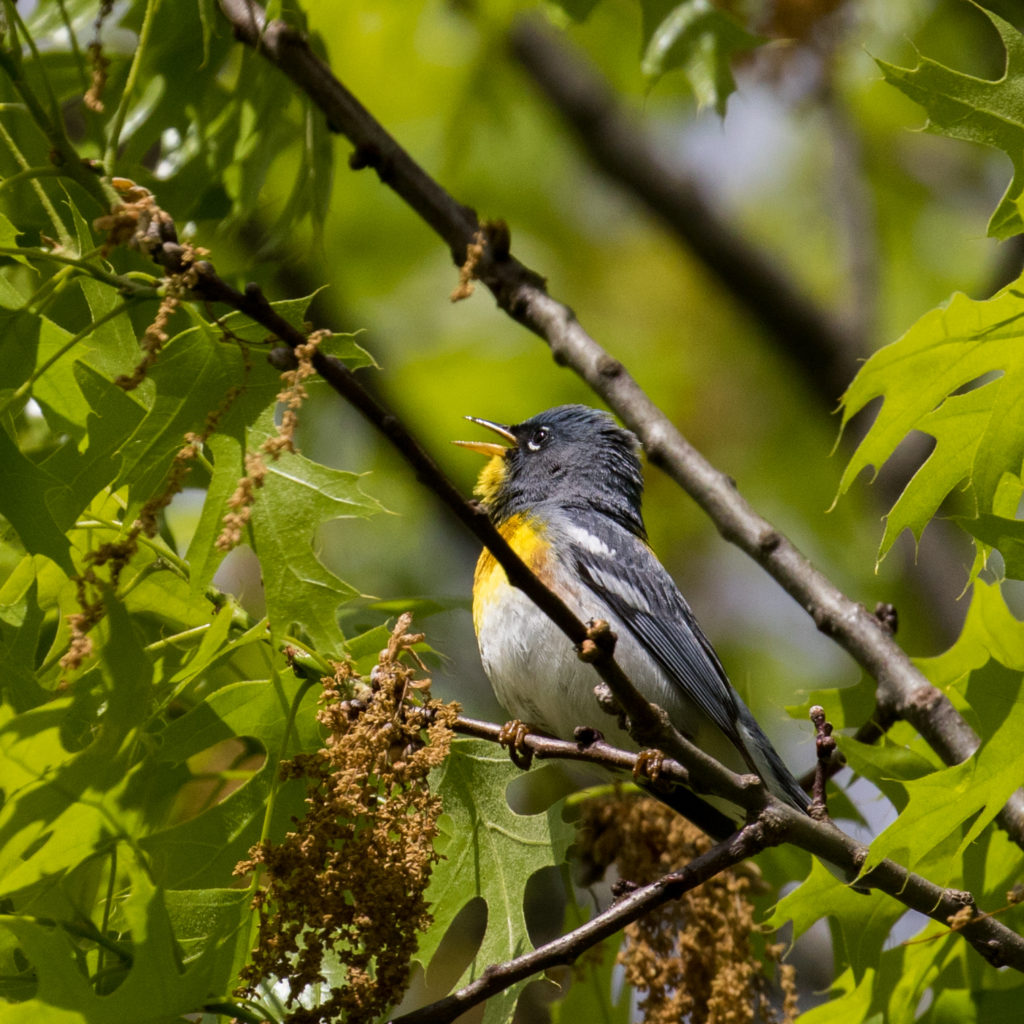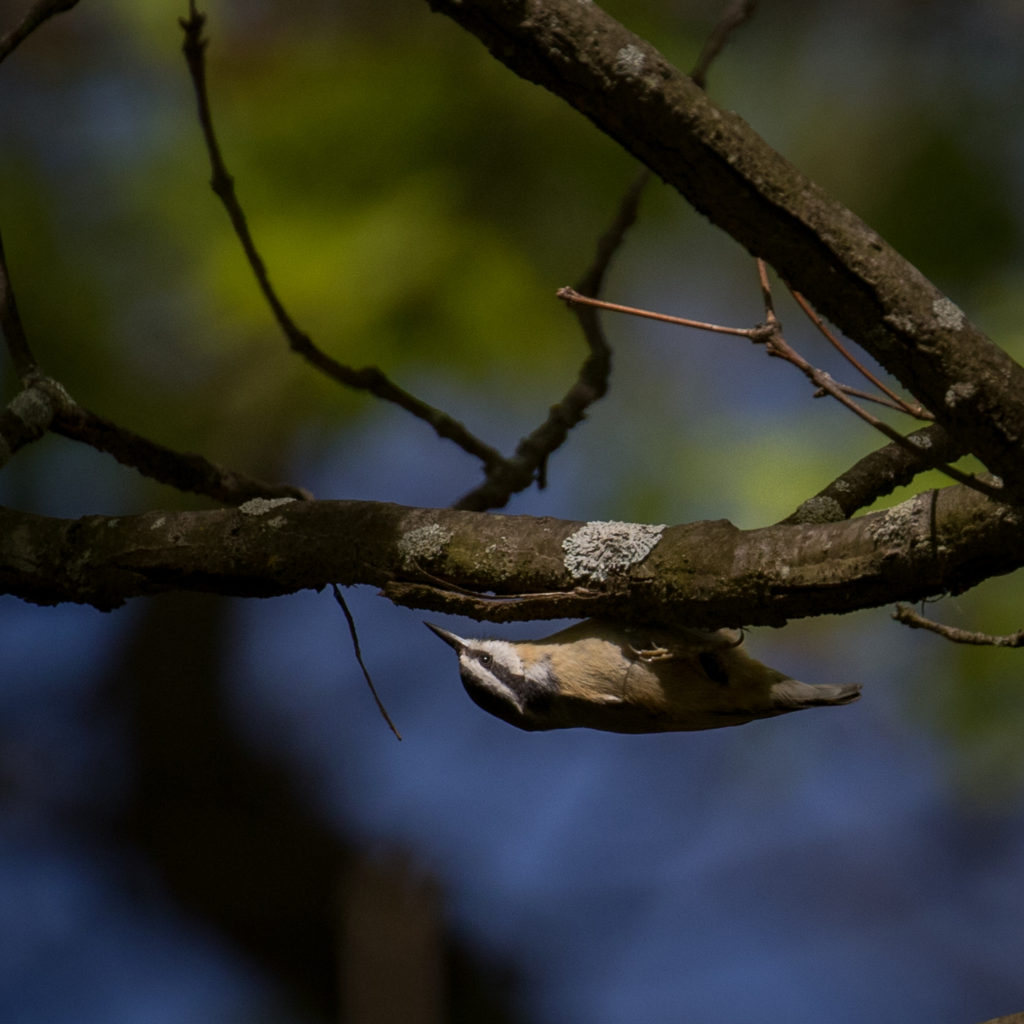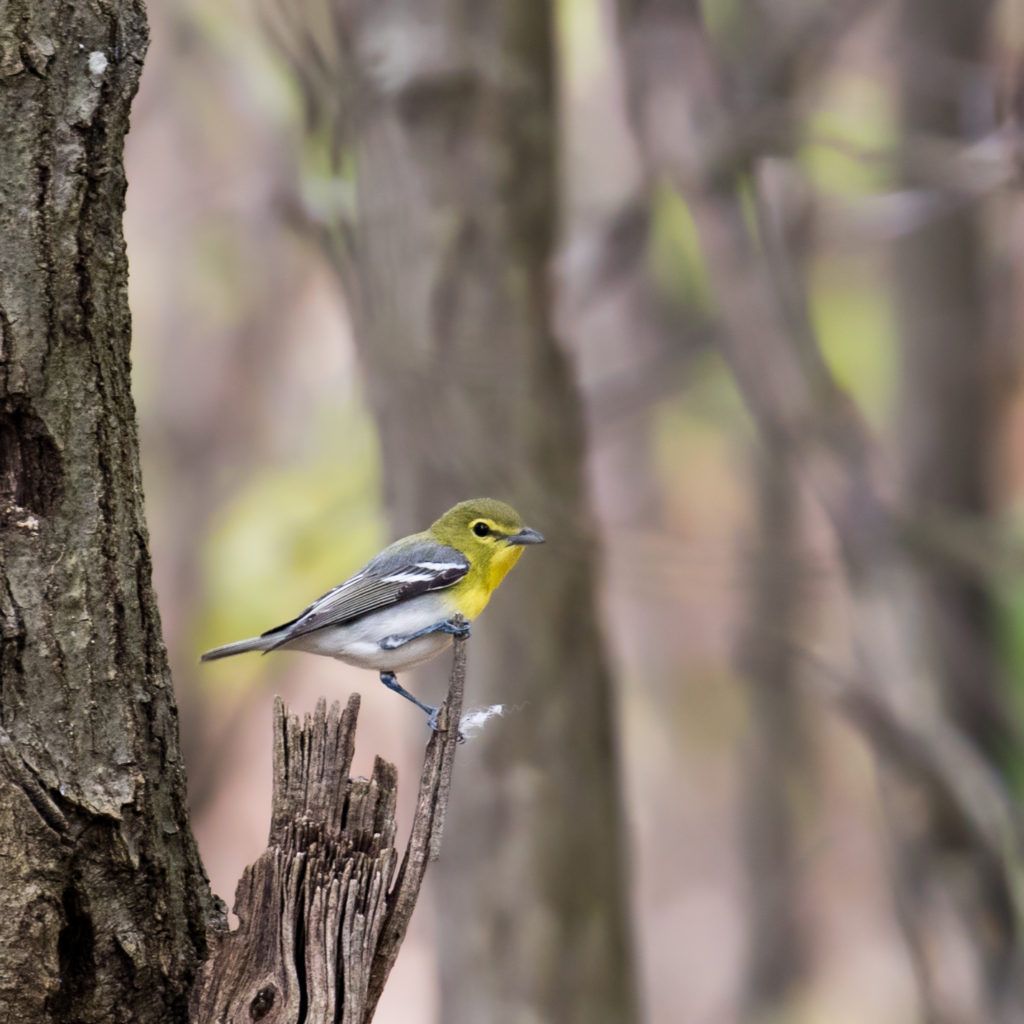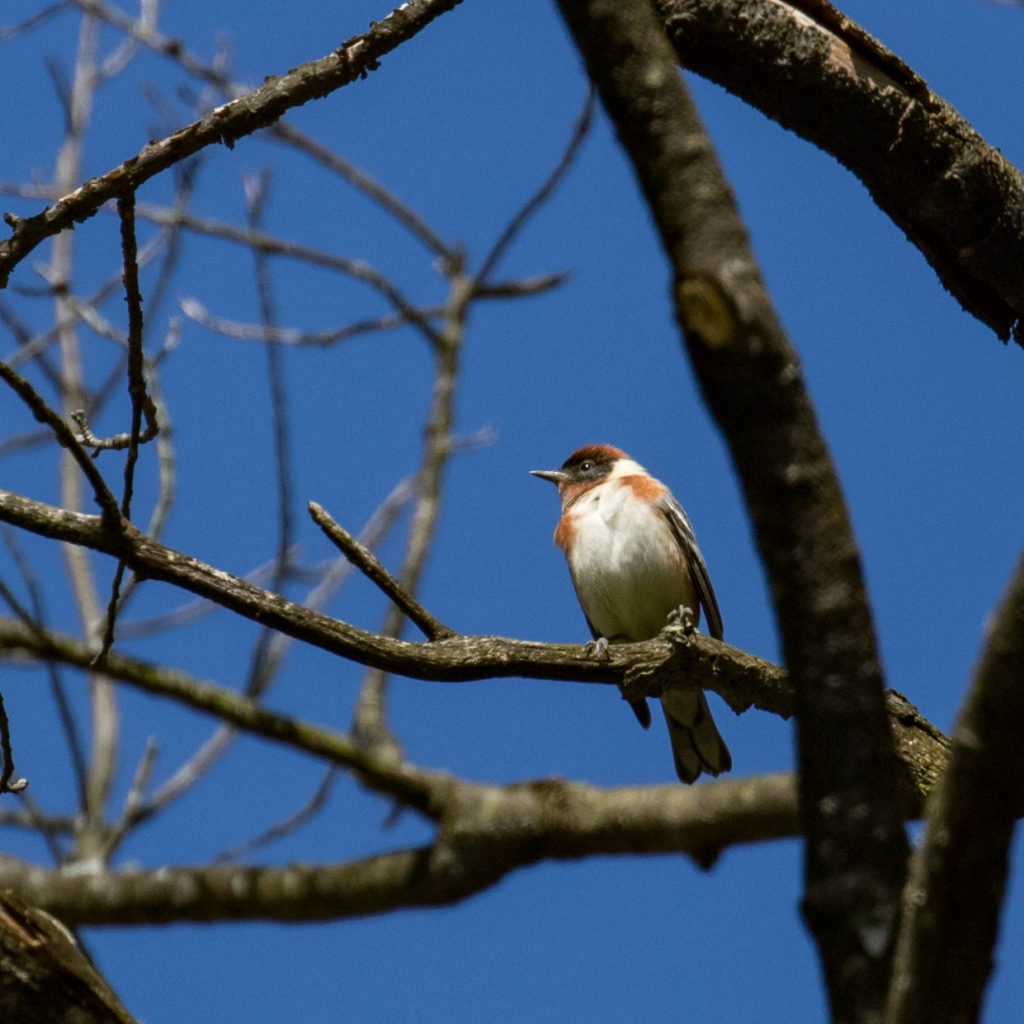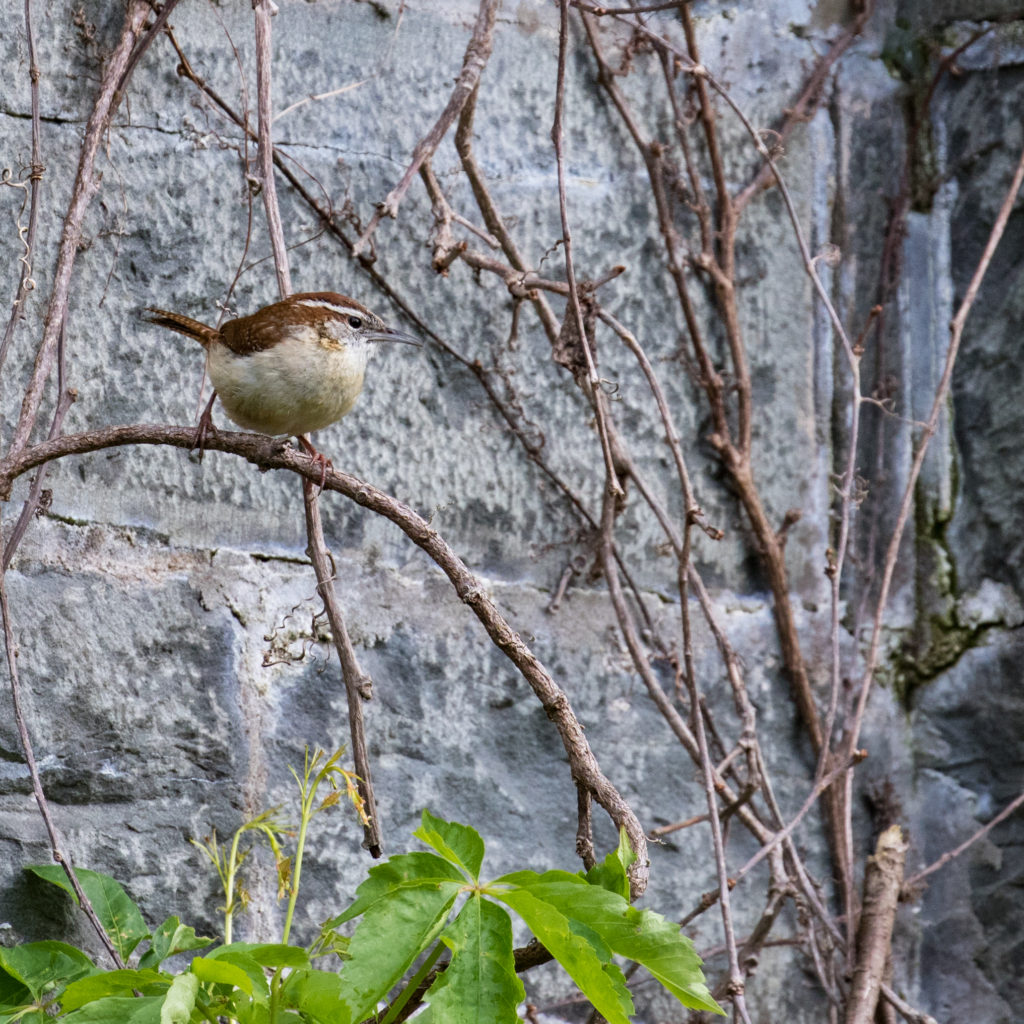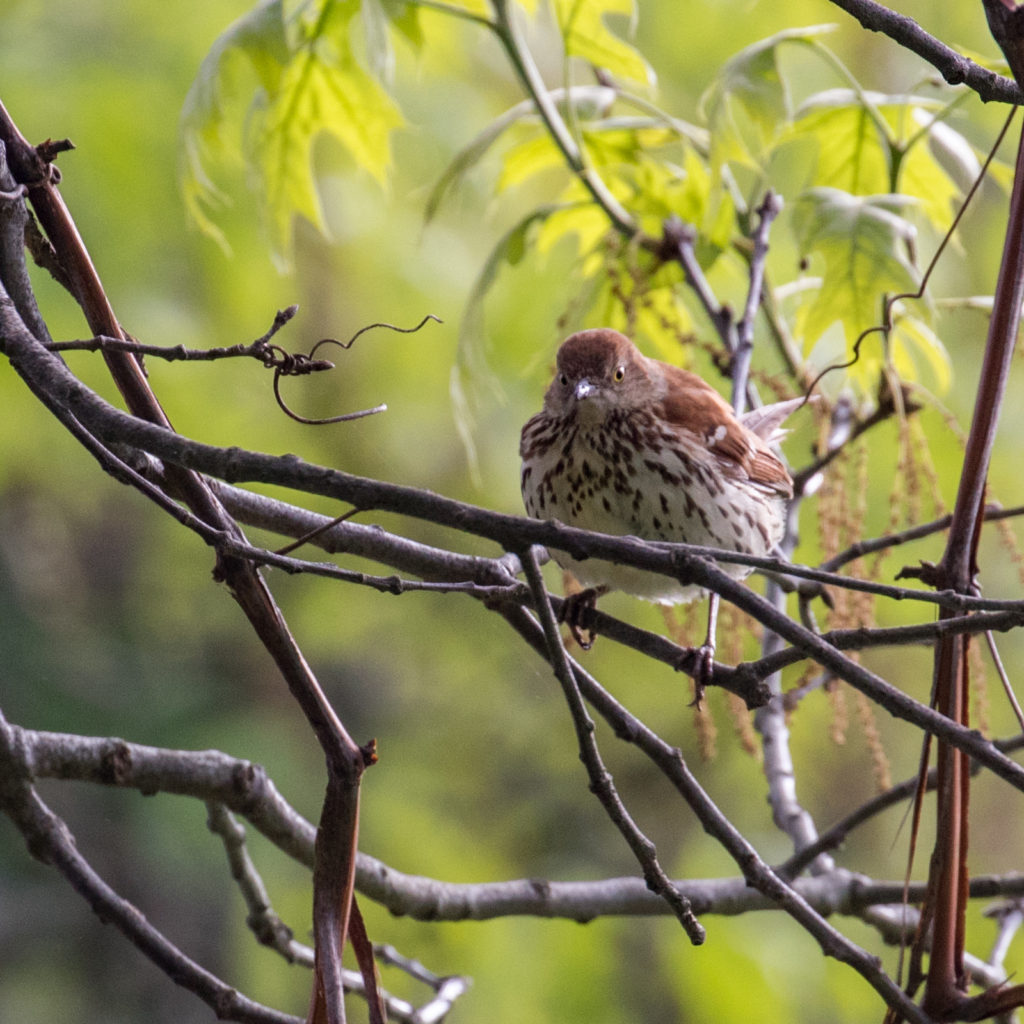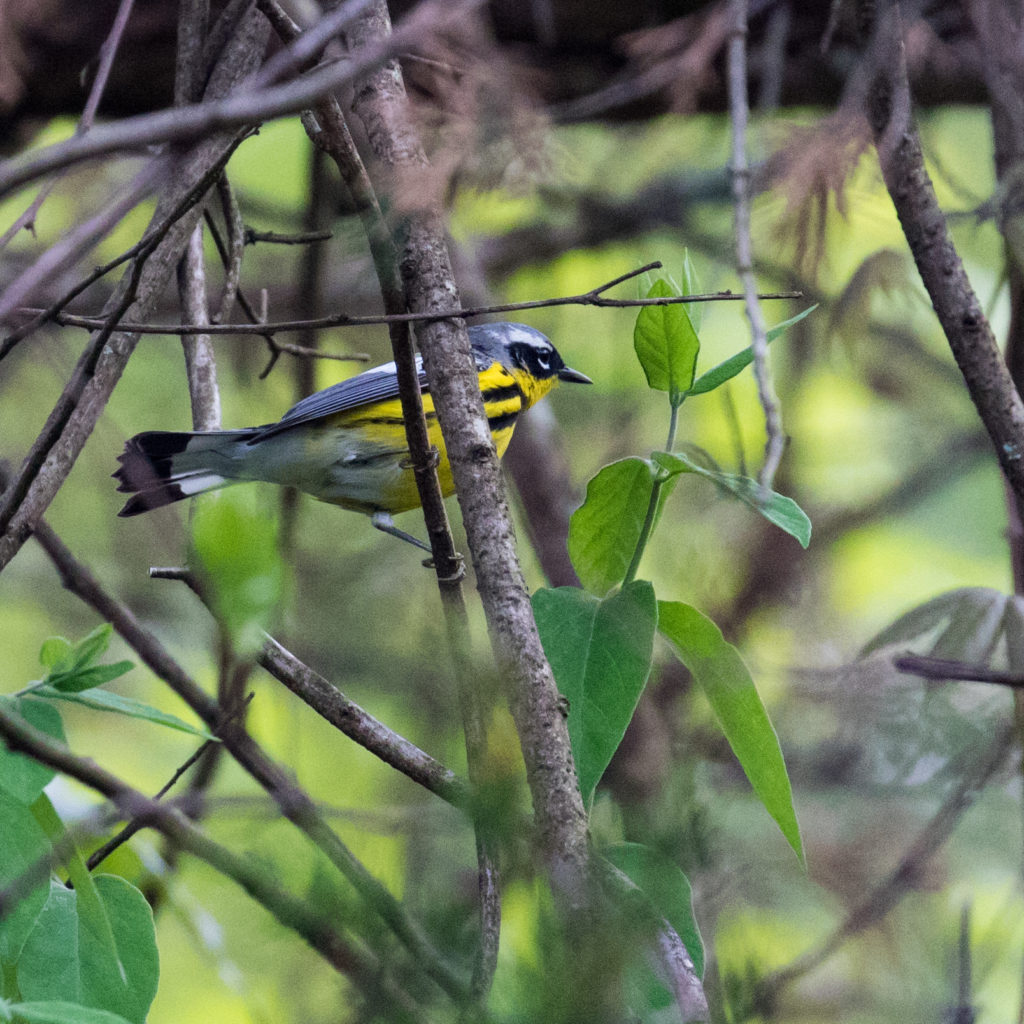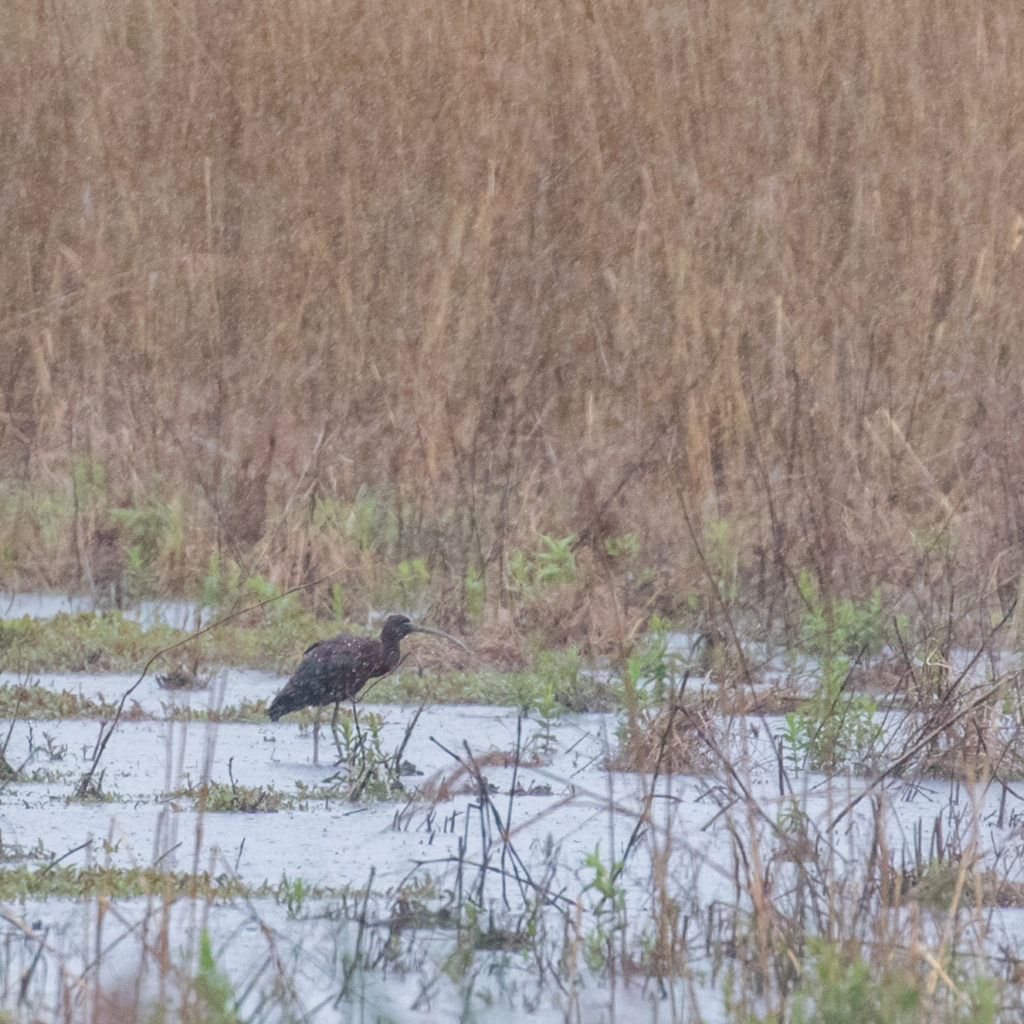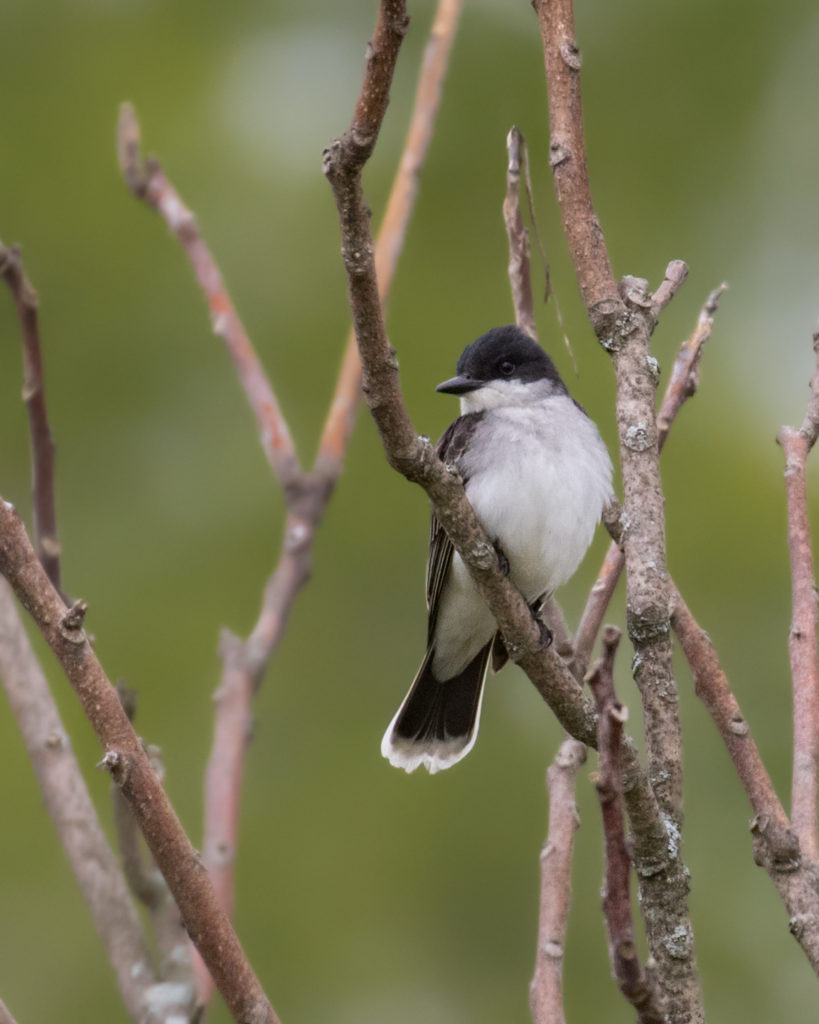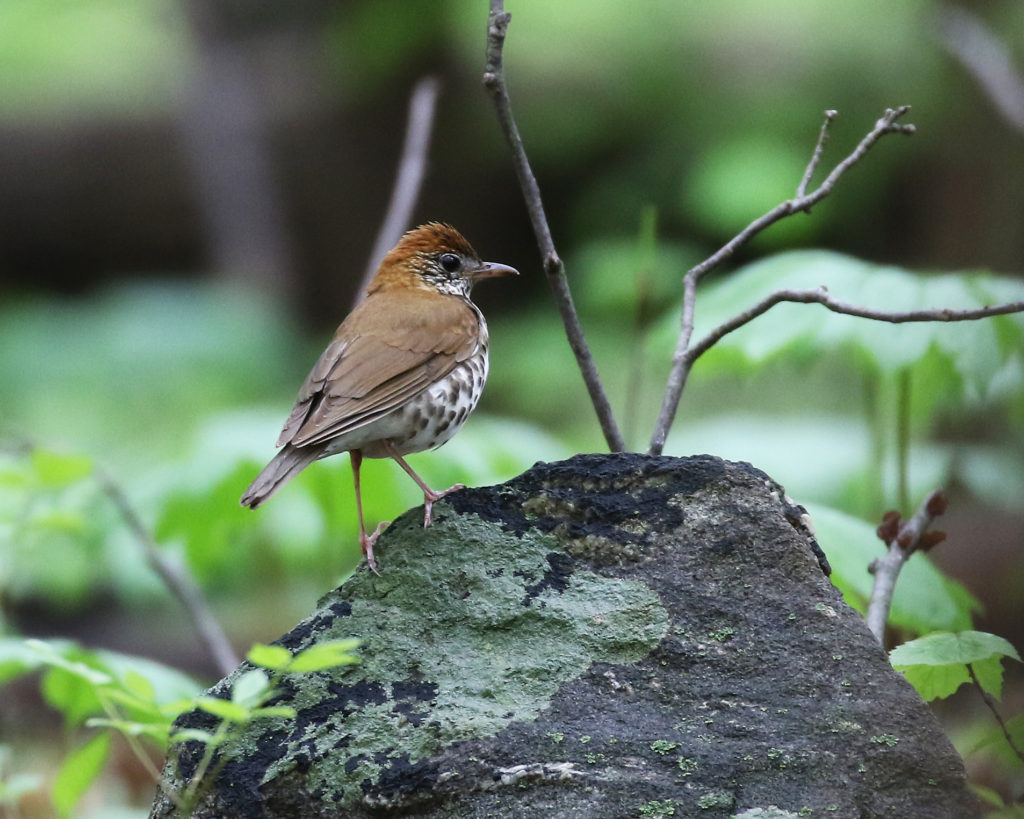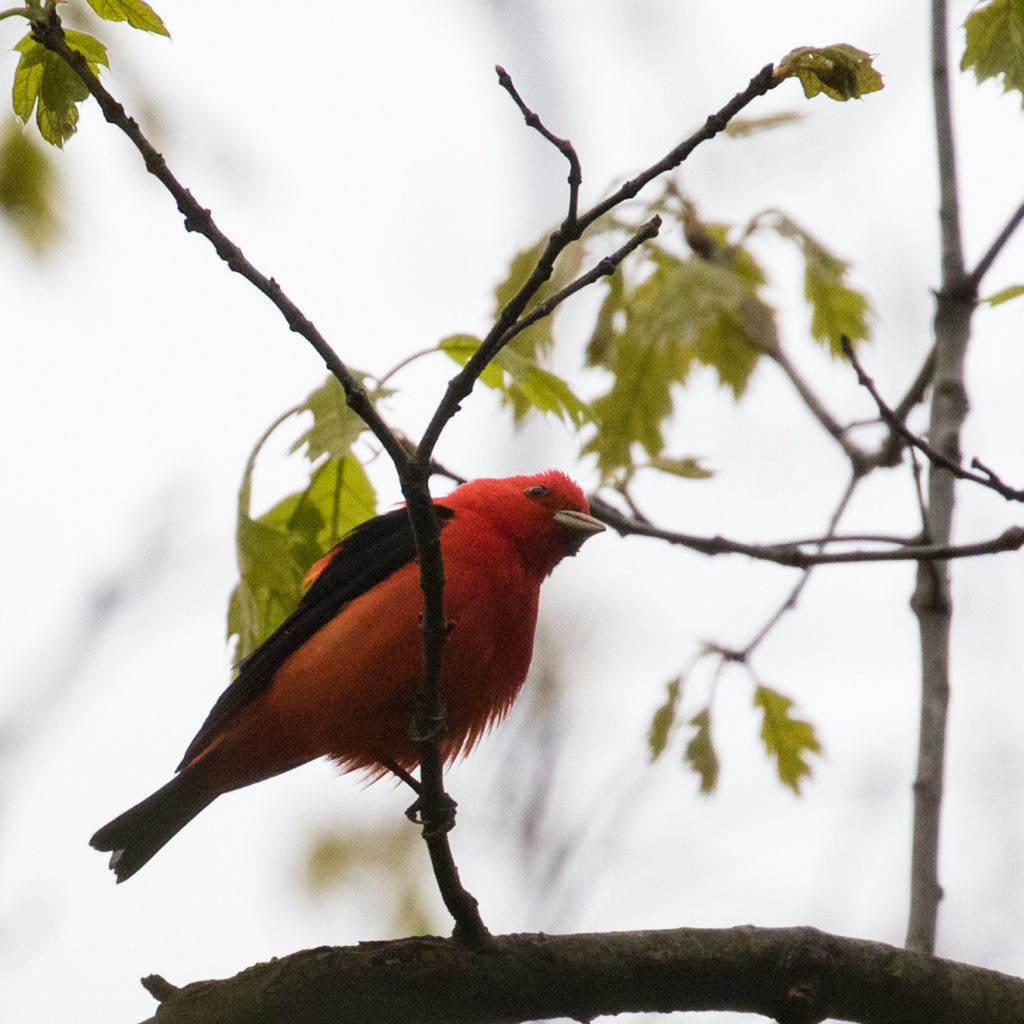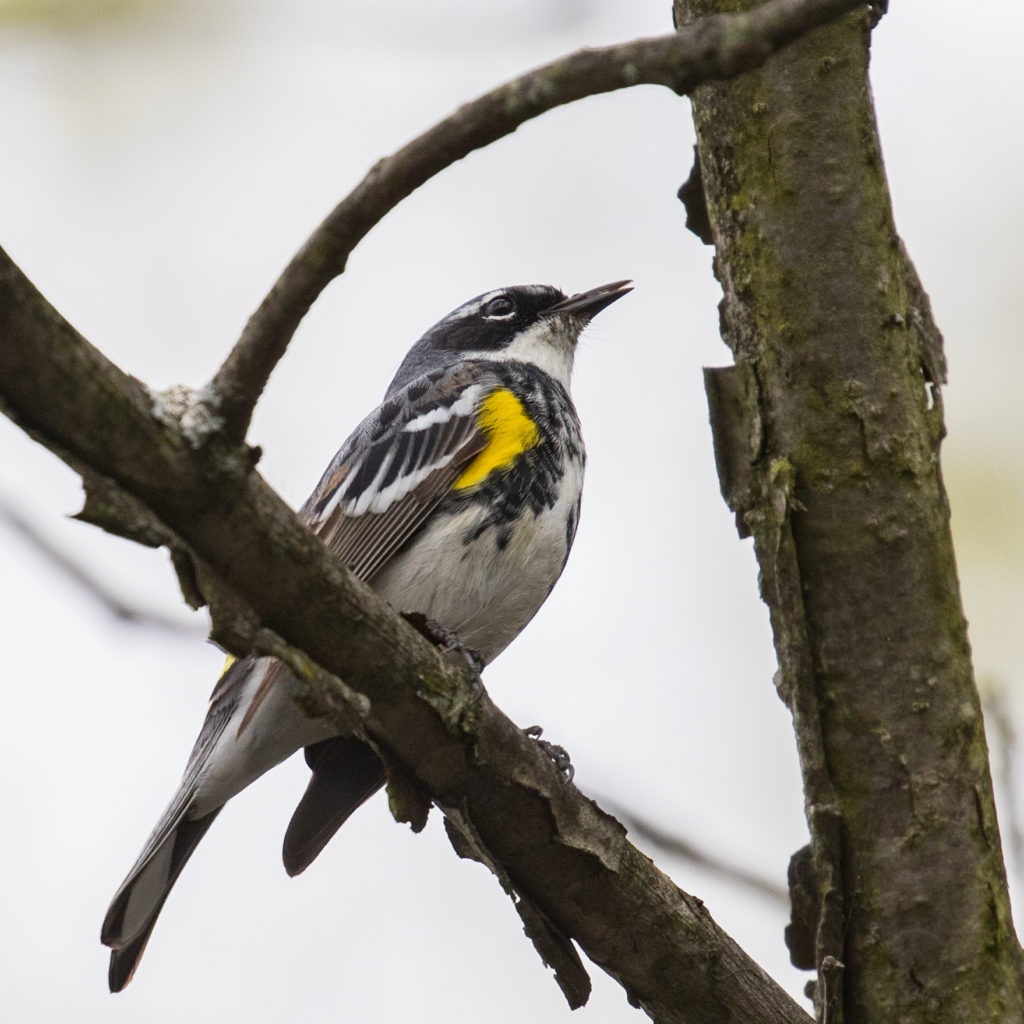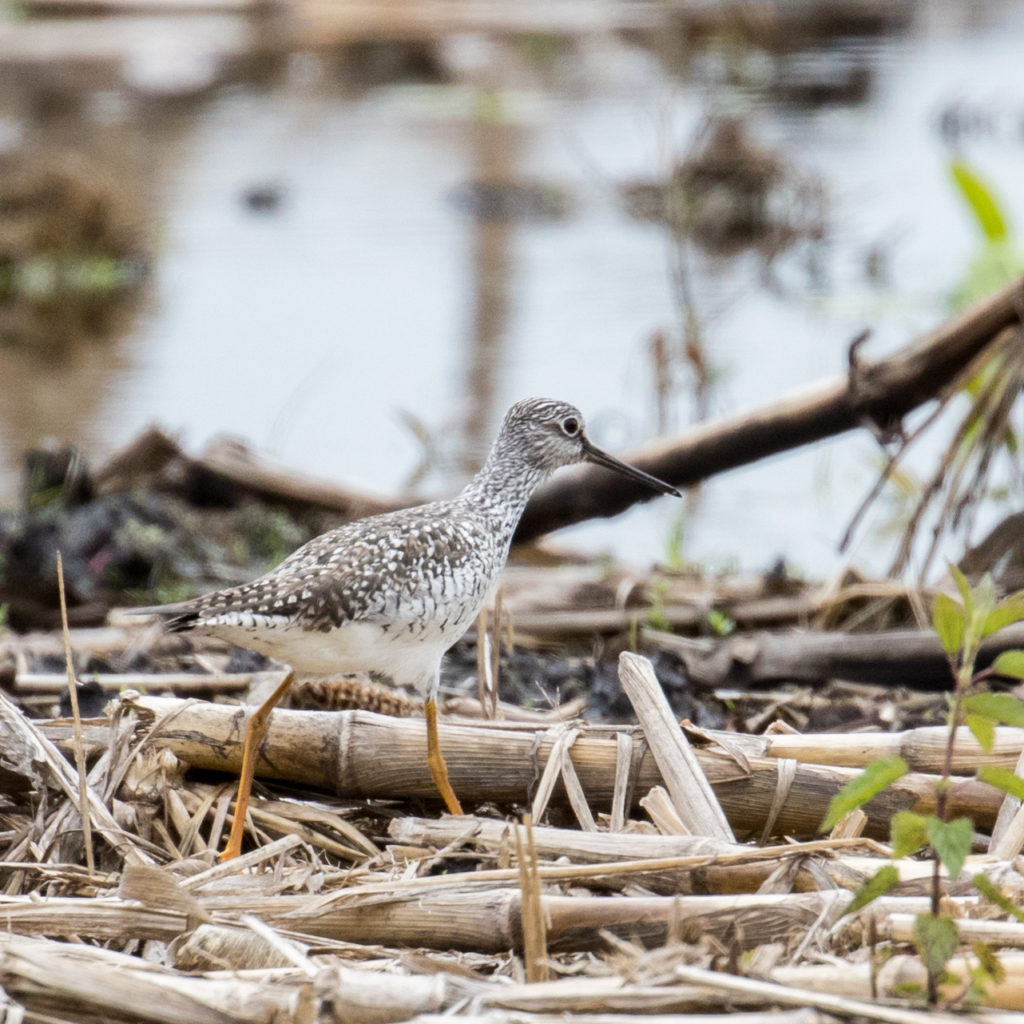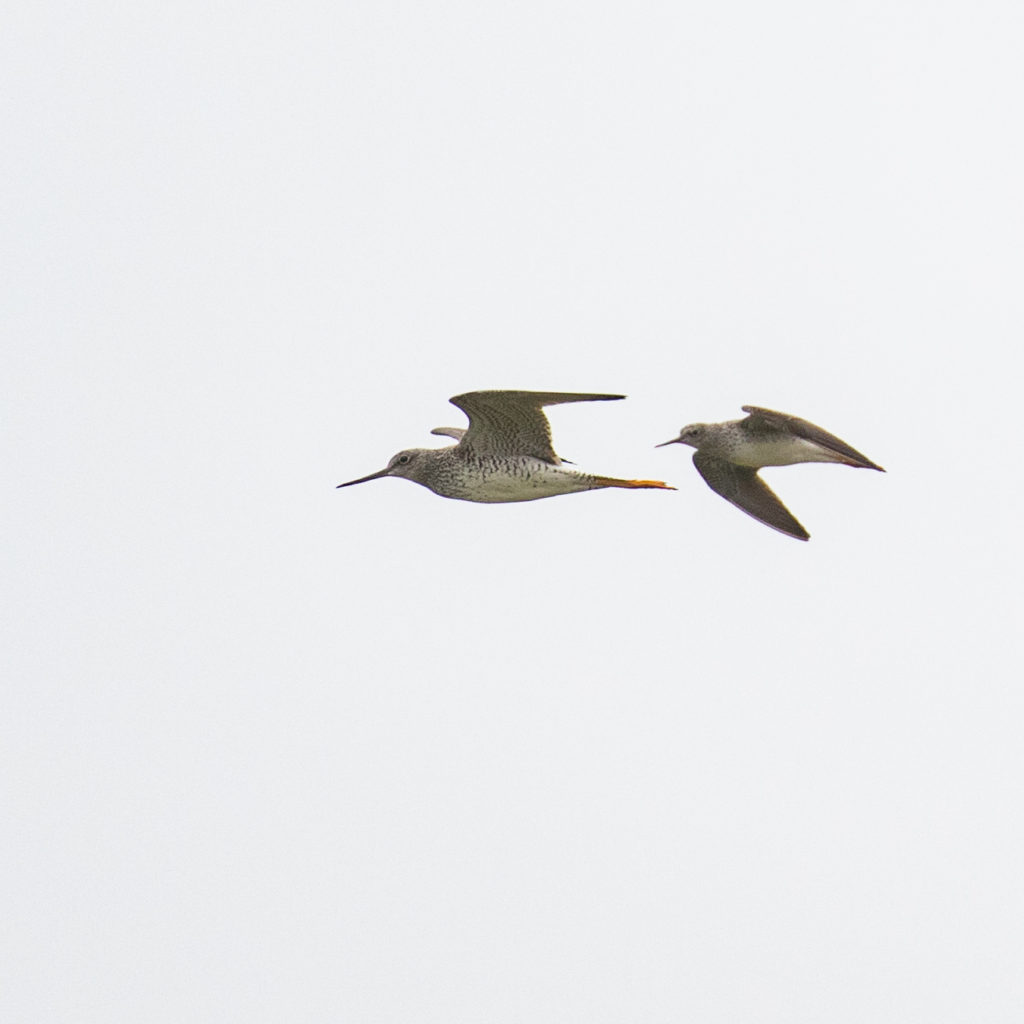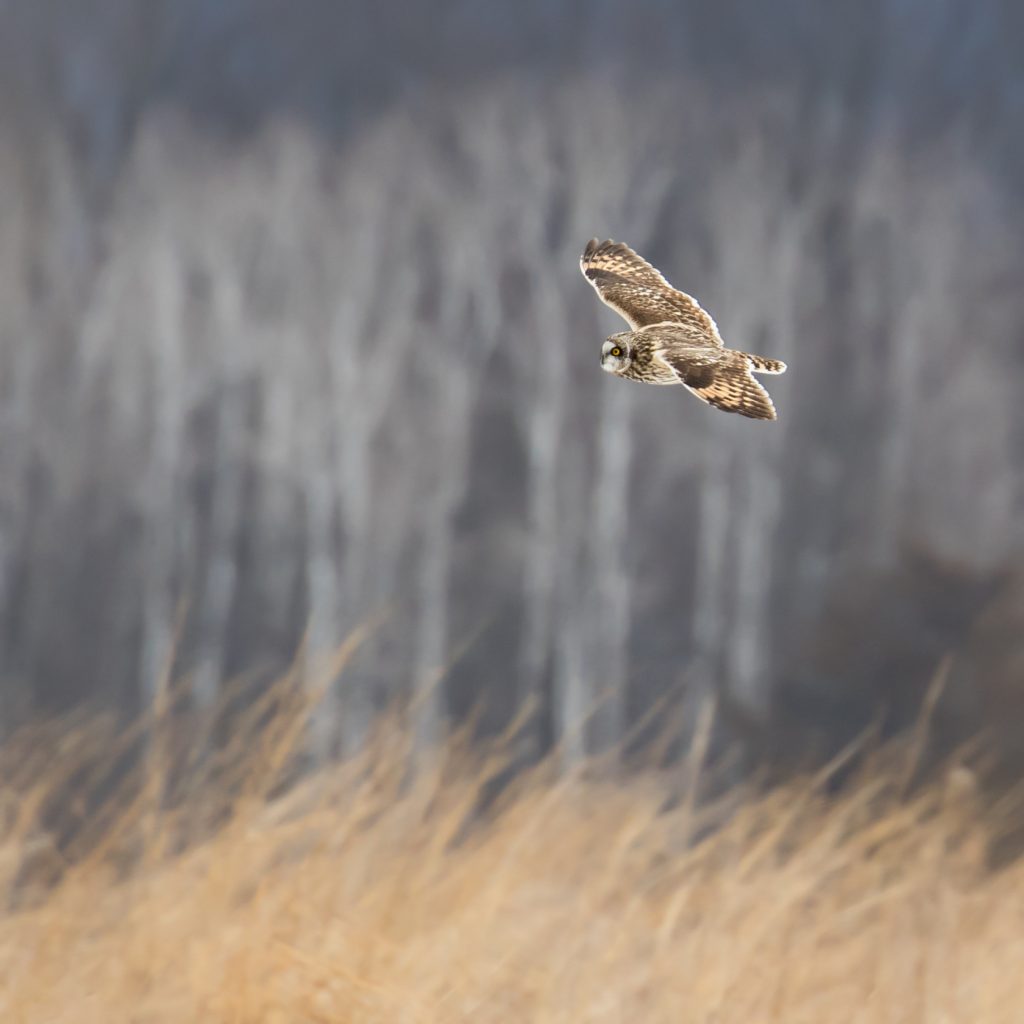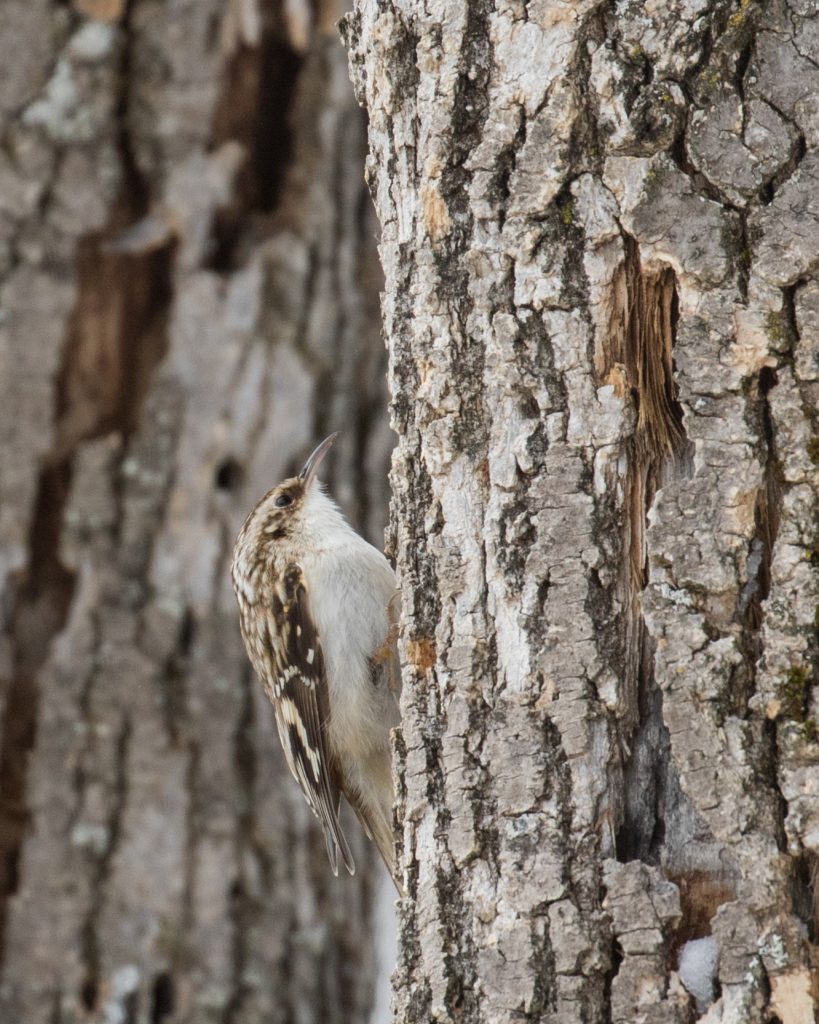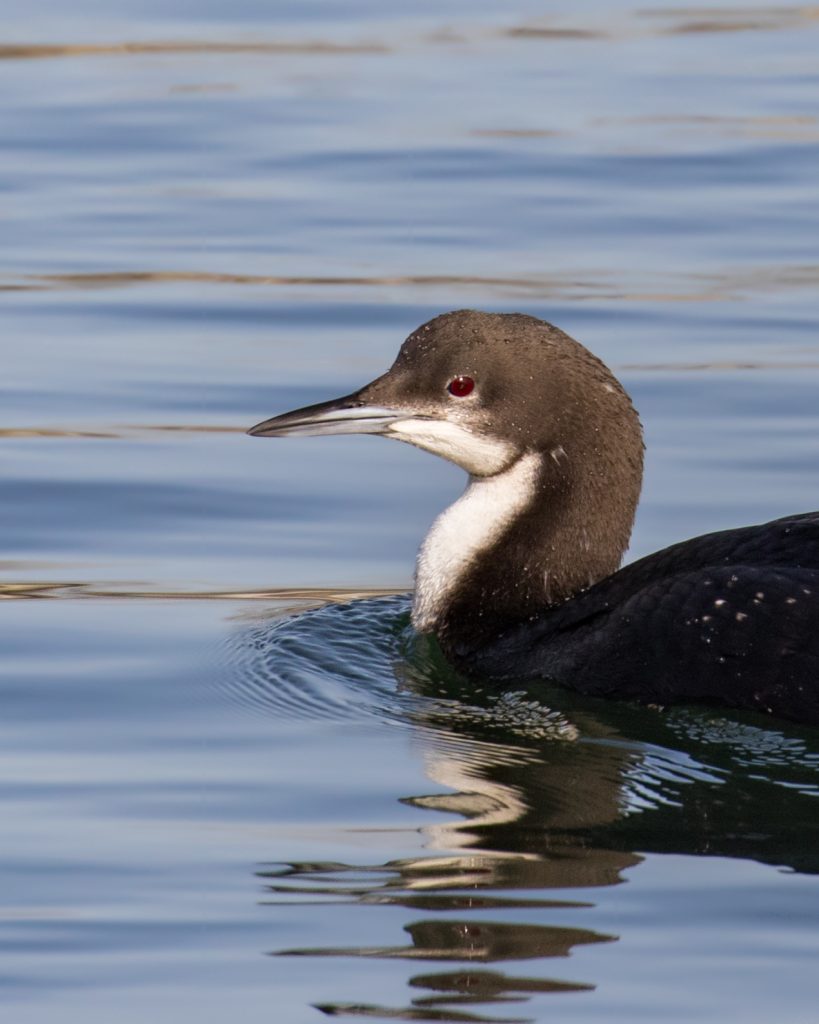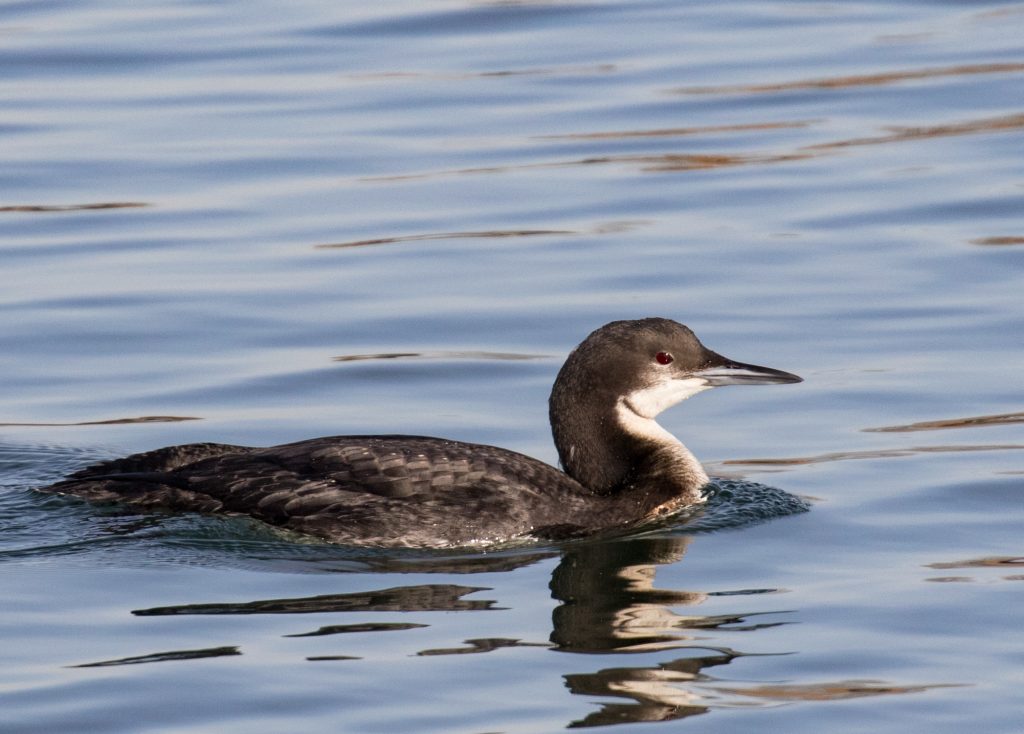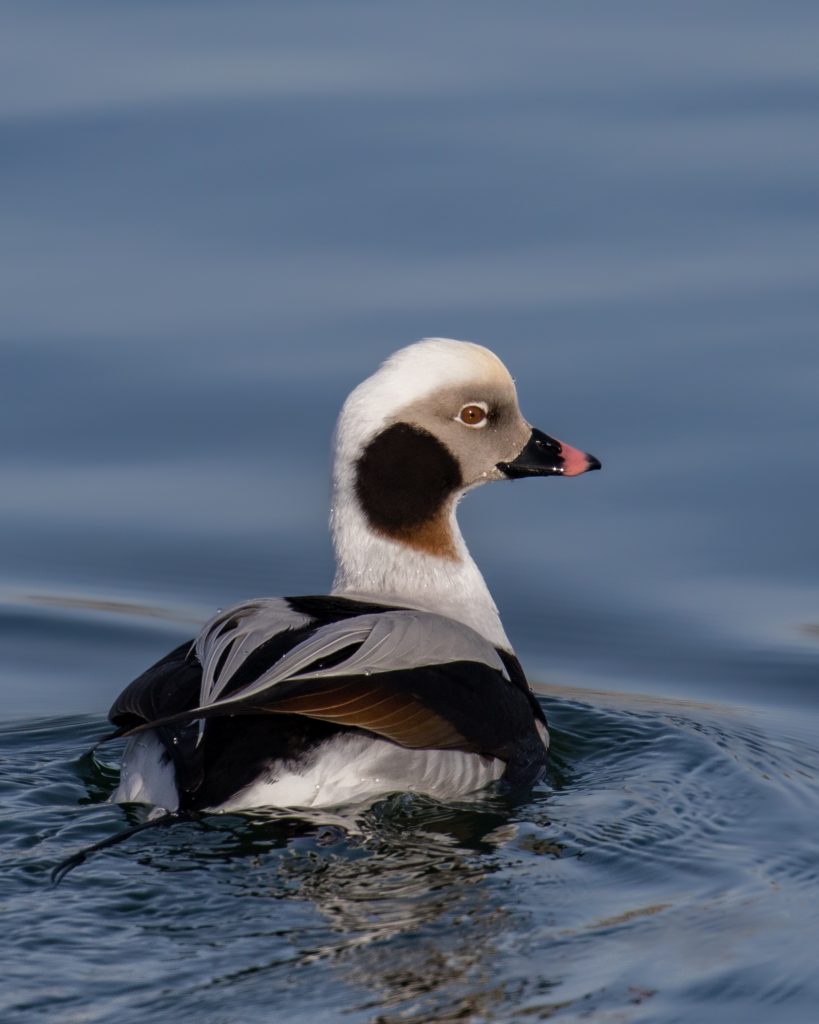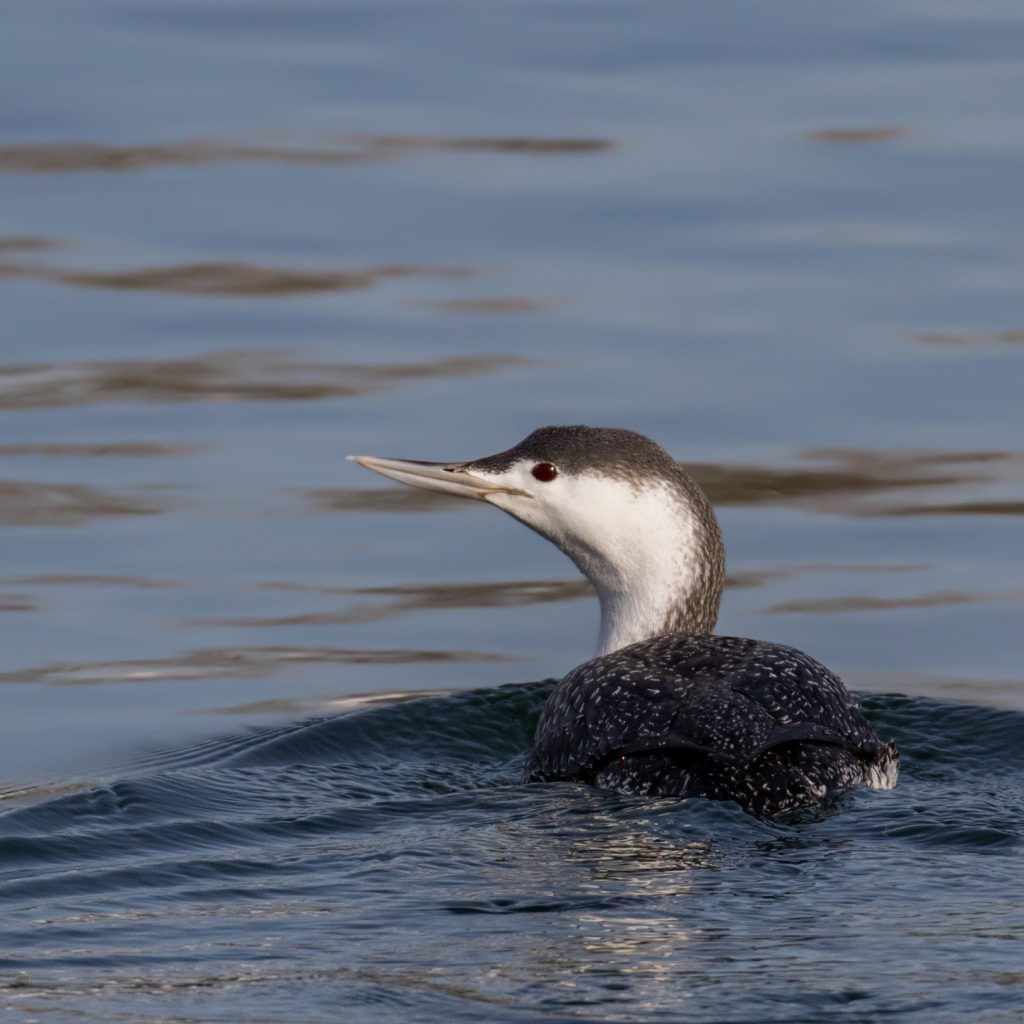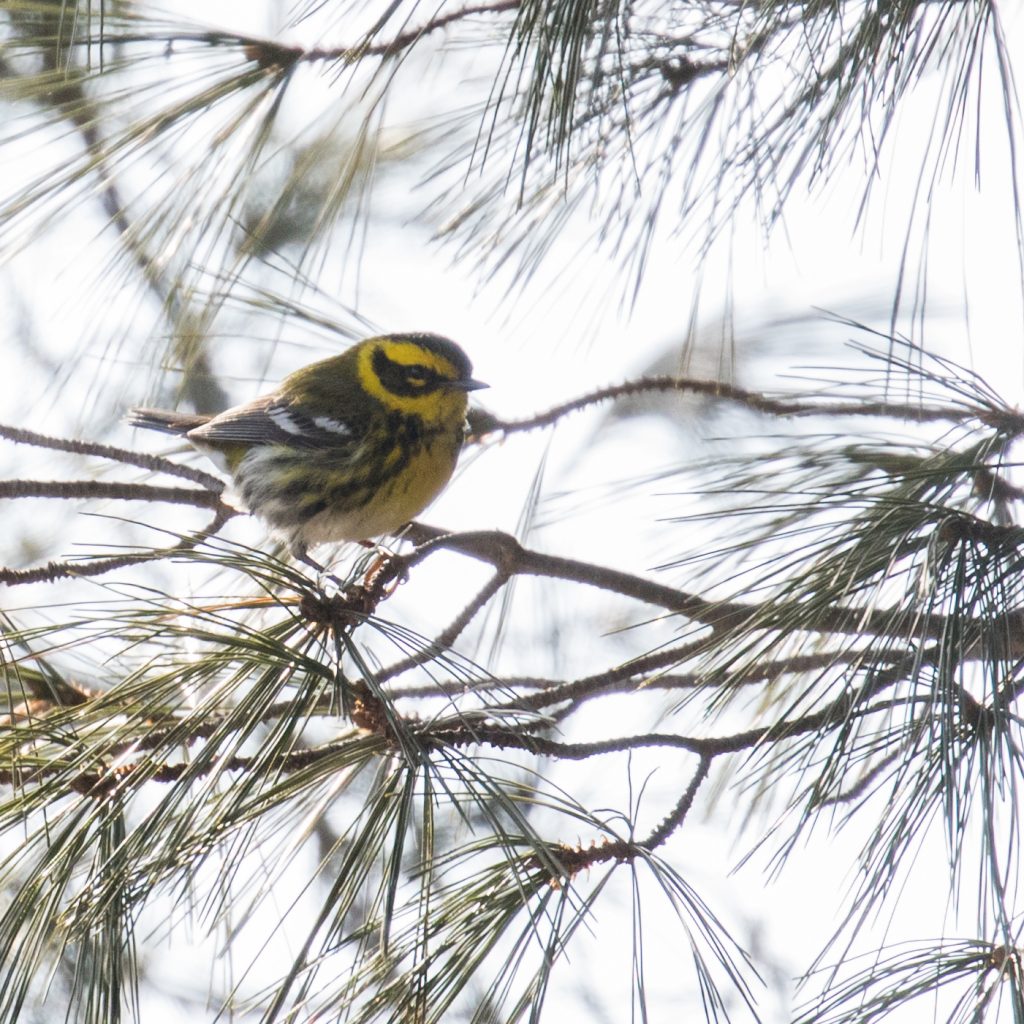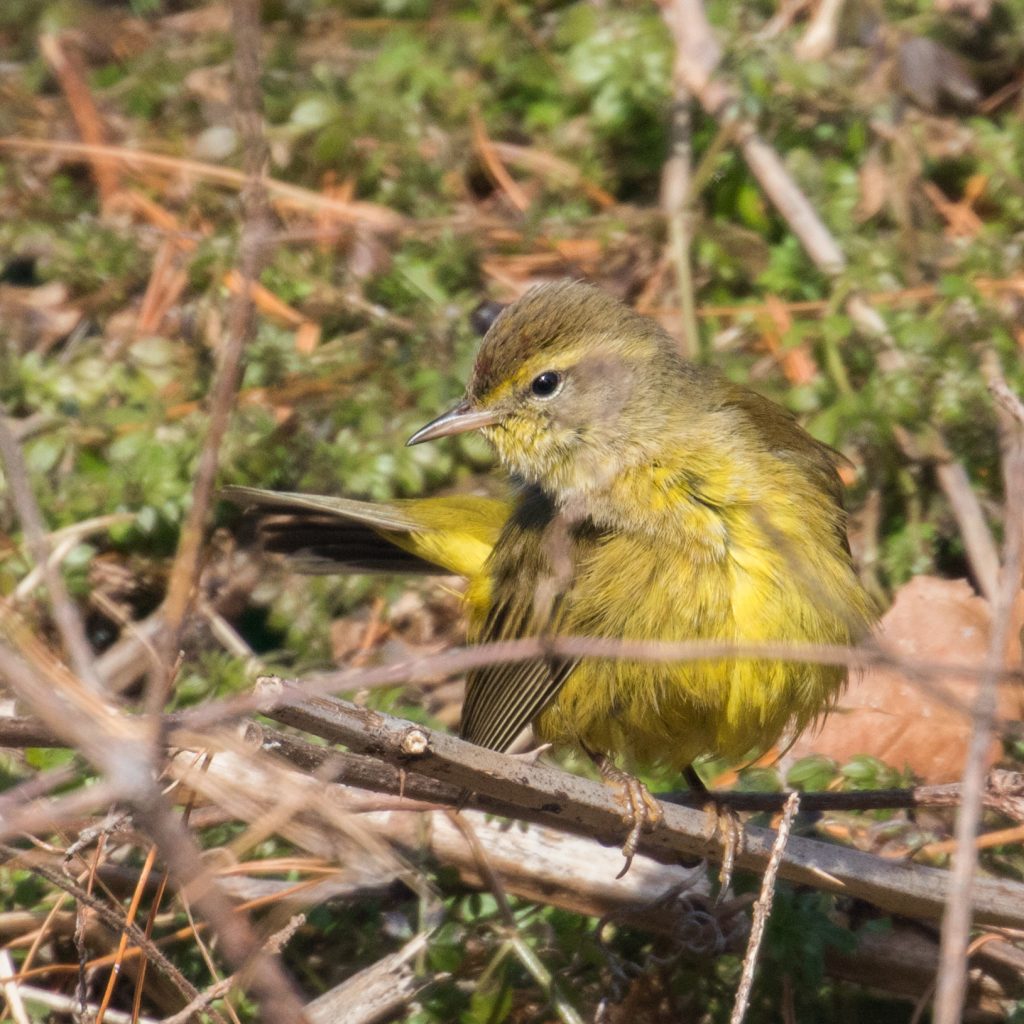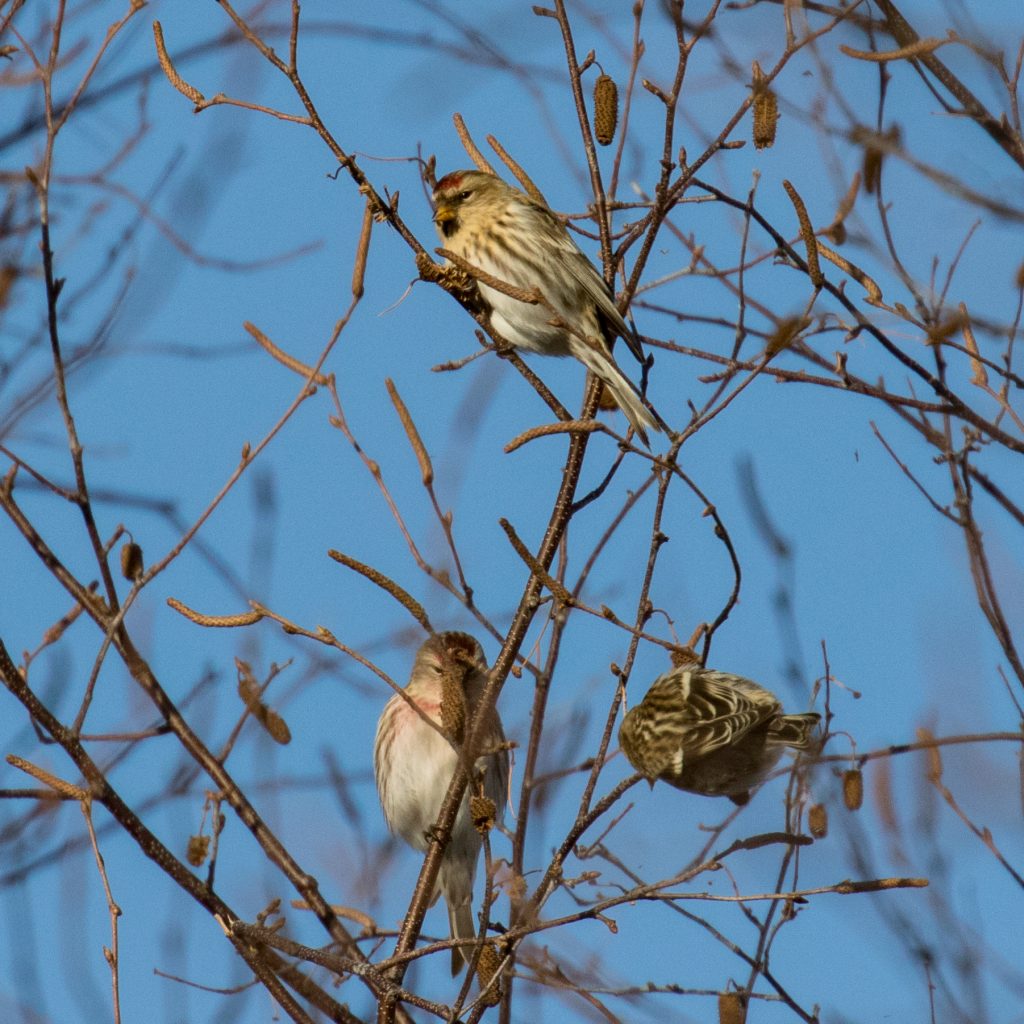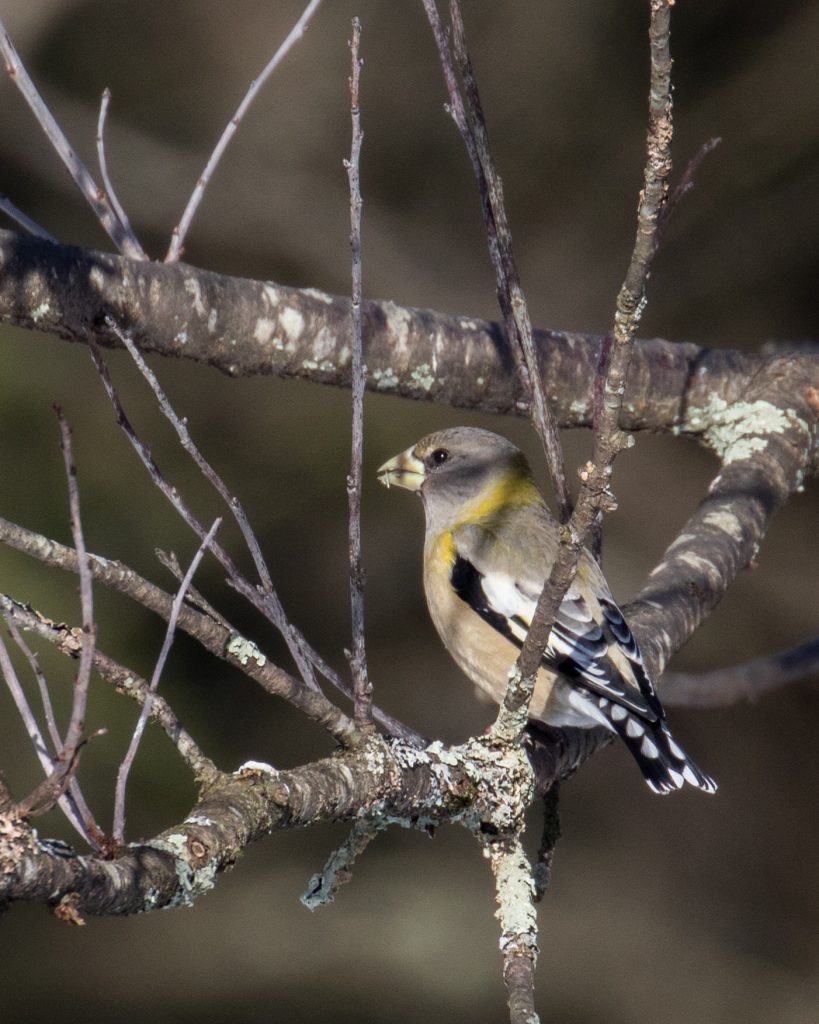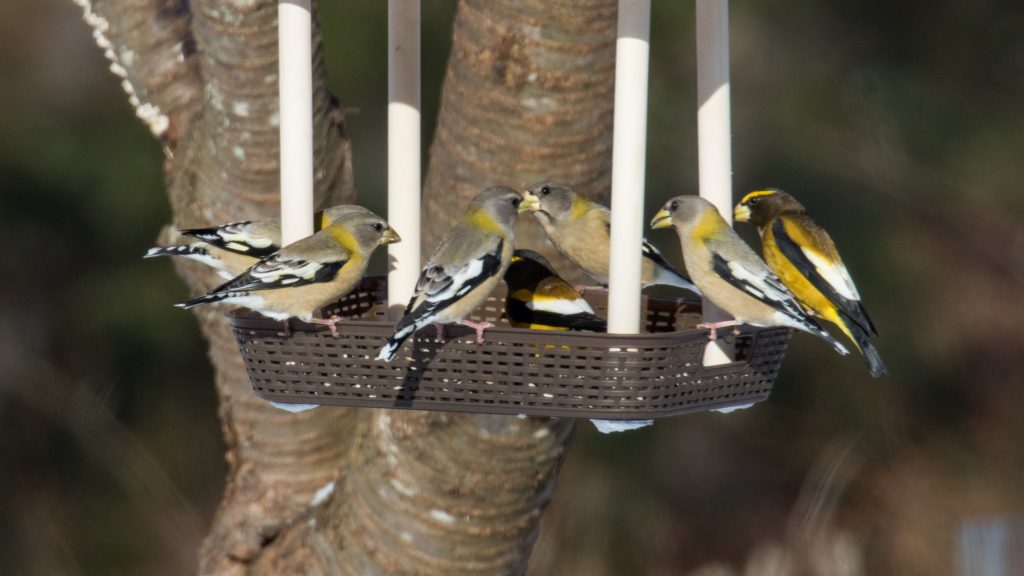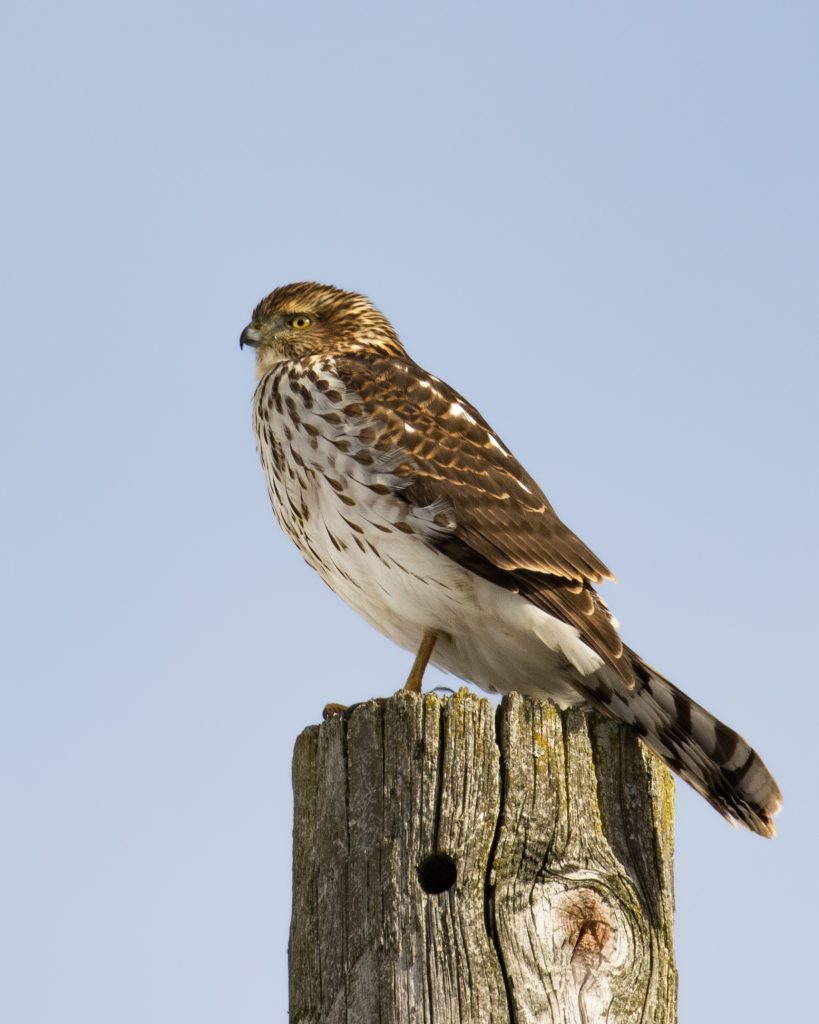I got out early this morning to try and beat the heat and headed out to Harriman State Park for a hike. I parked at the parking area between Lake Askoti and Lake Skanatati and hiked a loop that ended up being just under 7 miles long. I’ve included a screenshot of my eBird track at the bottom of this post. As always, I was hoping to come across something super exciting on the trail. Unfortunately that was not the case, but it was a really nice hike with absolutely loads of the expected birds and I totalled 52 species of birds.
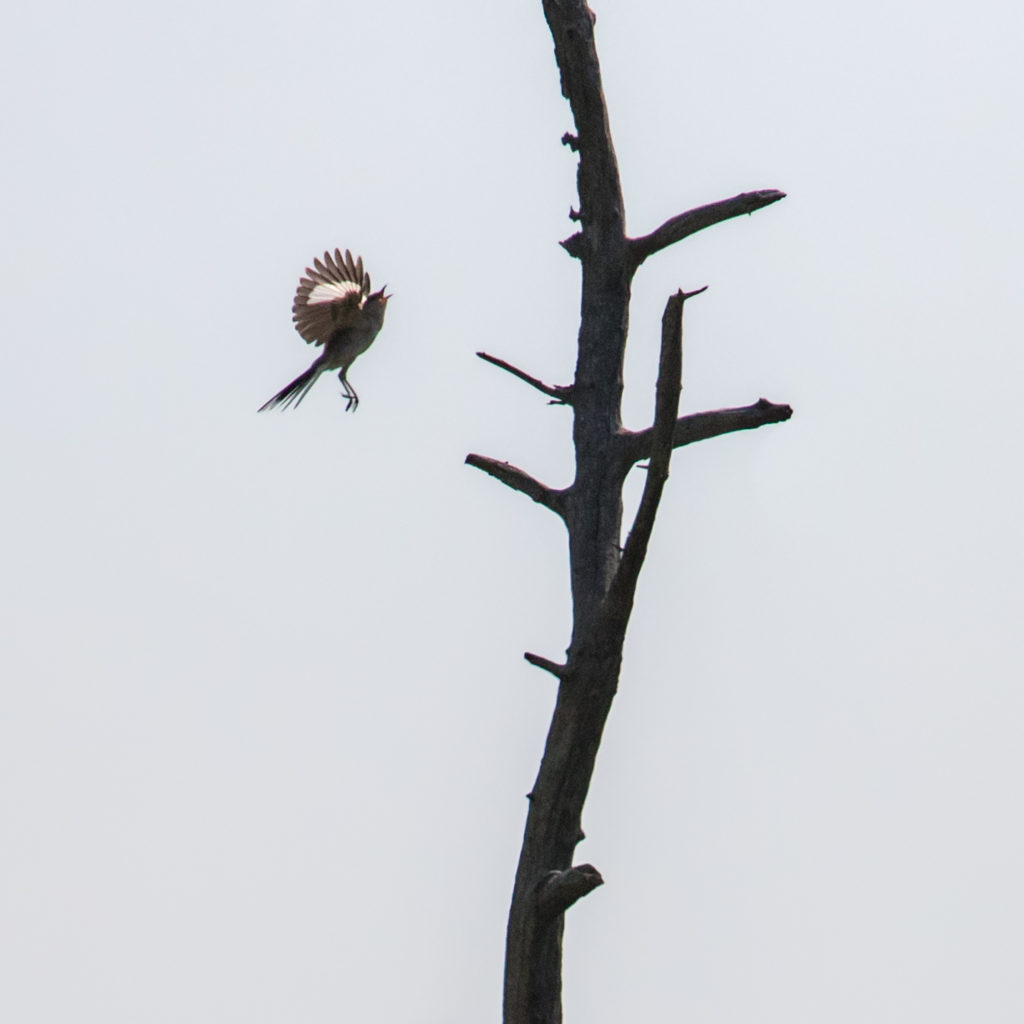
Highlights included several Yellow-throated Vireos (always a personal fav), my first Blue-winged Warblers in a while, and a singing Hooded Warbler that I never got my eyes on. Probably the most entertaining moment was coming across a Northern Mockingbird, WAY out in the trail, and listening to it run through a very extensive and impressive repertoire of bird songs. My favorite was when it did the Eastern Whip-poor-will call almost perfectly.
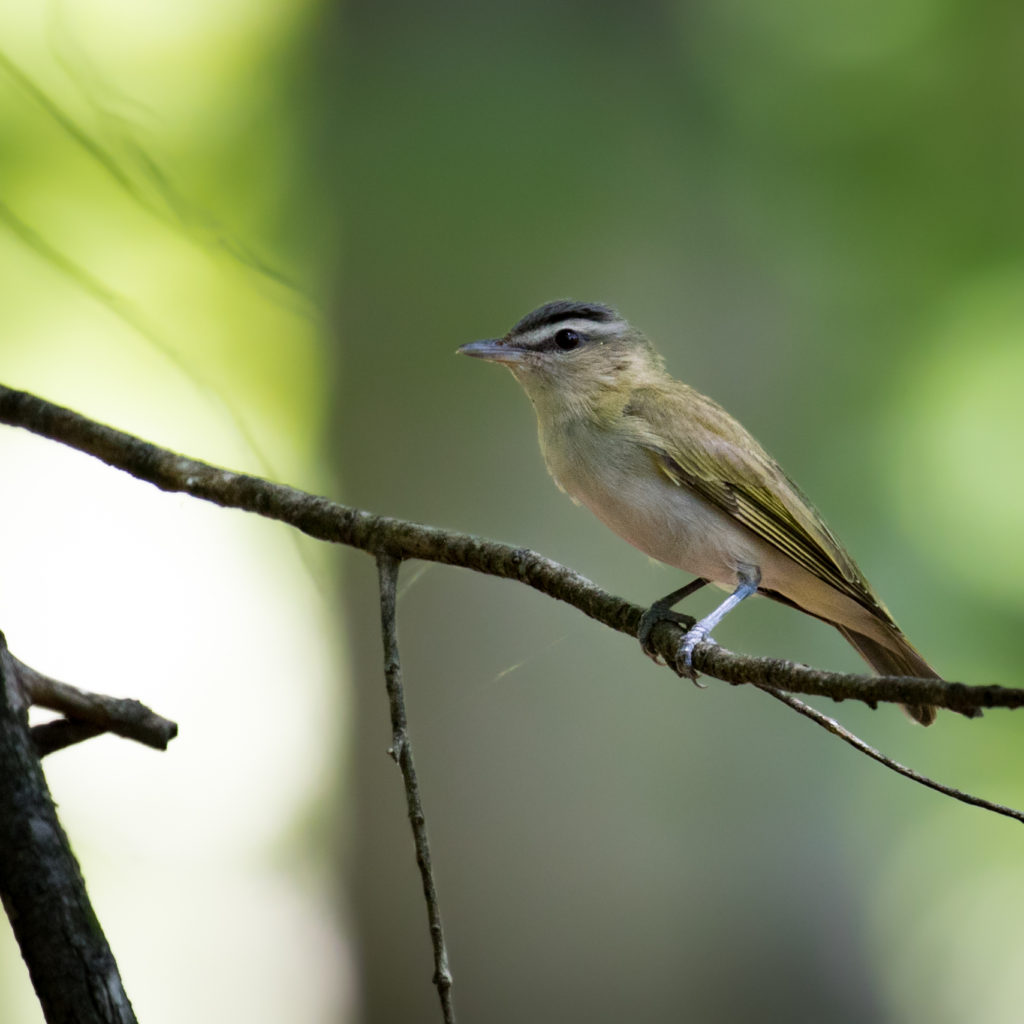
As an aside, Harriman State Park is a really great place to be from say 6:00 am until maybe 10:00 am at the latest. By then, the hoards of people have arrived. From the trail I could hear the roaring motorcycles and speed racers. At one point the police got involved and I could hear their sirens and then they were using some sort of megaphone; I couldn’t make out what they were saying. So, not exactly the peaceful respite I am typically going for. And with today being the 4th of July, by the time I left at noon the park was jammed full. I sat in traffic trying to get home. Lesson learned on that one – I’d say early in and early out if you plan on going.
